The Hisense E8Q is a television that clearly draws heavily from the U7Q model – and very well so. After all, it is his European version, not another "slimmed down" mutation. Just moments with this screen reveal that the E8Q is putting up a fight. And in many respects, it really succeeds. To start with – what impresses: the blacks are deep, the contrast is high, and the brightness exceeds a level we can simply call satisfactory. Add to this almost perfect fluidity of tonal transitions and we have an image that looks very mature, especially for this price segment. In gaming? Just as good. Support for VRR, ALLM, 144 Hz in 4K and even 240 Hz in Full HD – it's hard to nitpick here. Well… almost. Because the E8Q has one additional flaw compared to the U7Q – sound. In our unit, even at moderate volume levels, the back of the casing began to resonate, generating rather unpleasant crackles. This could be a fault of the test unit, but since the U7Q simply performed better – it’s worth noting. Especially if you find both models at a similar price. We can confidently say that the E8Q is a television that can boldly compete for the attention of those seeking a quality Mini-LED at reasonable prices. If a good price opportunity arises, it is simply worth it – because we get almost the same as in the U7Q. And that means a really solid picture, great gaming features, and overall a very good piece of equipment that one can stick with for a longer time.
- Matching (Score)
- Our verdict
- TV appearance
- Where to buy
- Contrast and black detail
- HDR effect quality
- Factory color reproduction
- Color reproduction after calibration
- Smoothness of tonal transitions
- Image scaling and smoothness of tonal transitions
- Blur and motion smoothness
- Console compatibility and gaming features
- Input lag
- Compatibility with PC
- Viewing angles
- Daytime performance
- Panel details
- TV features
- Apps
- Playing files from USB
- Sound
Hisense E8Q vs LG QNED86A / QNED85A / QNED87A
Direct comparison
E8Q
QNED85A / QNED86A / QNED87A / A6A / A6B / A6C
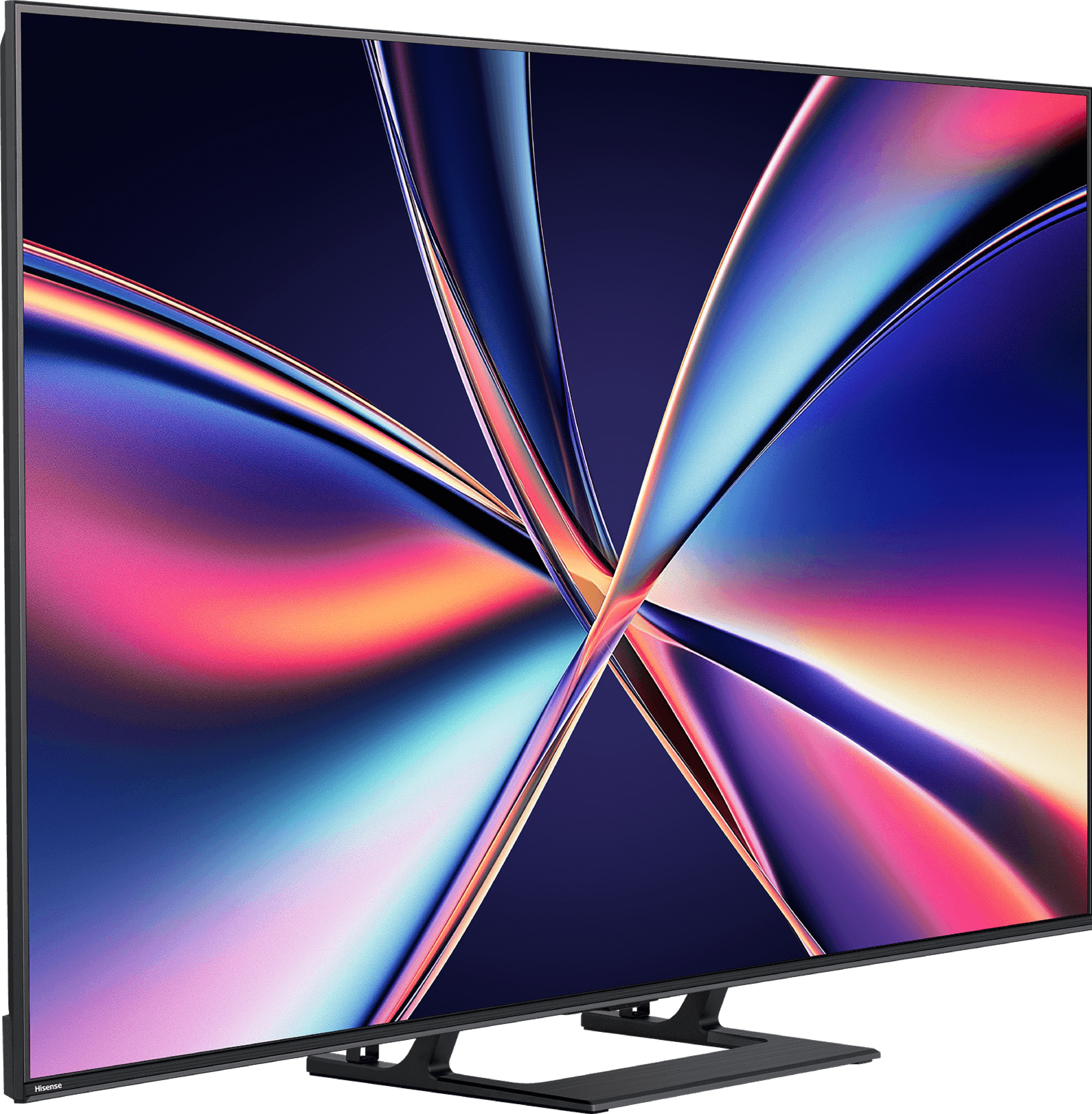

Panel type: LCD VA
Resolution: 3840x2160
System: VIDAA
Model year: 2025
Complete the survey to find out the result

Panel type: LCD IPS
Resolution: 3840x2160
System: WebOS
Model year: 2025
Complete the survey to find out the result

Overall rating
7.1
7.0
Movies and series in UHD quality
6.7
6.4
Classic TV, YouTube
6.8
6.1
Sports broadcasts (TV and apps)
6.4
7.1
Gaming on console
8.0
8.3
TV as a computer monitor
8.6
8.0
Watching in bright light
6.2
5.8
Utility functions
8.9
8.4
Apps
7.7
9.1
Sound quality
7.2
6.0
Complete the survey to find out what fits your preferences
Advantages
Great contrast and deep blacks
Very good fluidity of tonal transitions (close to reference level)
High brightness
Support for 4K 144 Hz and even 240 Hz in Full HD
VRR, ALLM, G-SYNC – a complete package for gamers
Low input lag
Many classic television features integrated into the VIDAA system
120 Hz panel, good for sports and gaming
Very low input lag
Great for gamers (VRR, ALLM, HGiG etc.)
Complete set of HDMI 2.1 ports
Good compatibility with PC (excellent font readability)
Bright picture (around 700 nits in HDR), performs well in moderately bright rooms
Good viewing angles (IPS)
Support for Dolby Vision
User-friendly webOS operating system with Magic Remote and voice assistant
Ability to record programmes to USB
Disadvantages
No support for HGiG (makes setting up HDR on consoles difficult)
Poor viewing angles – typical for VA panels
Closed VIDAA system – lacks some applications
Inferior sound quality compared to the twin model U7Q
Very poor black levels and contrast due to the IPS panel
Lack of the advertised 144 Hz in PC mode
Aggressive "light bands" when local dimming is enabled (edge local dimming ruins evening movie sessions)
Confusion in model designations and versions – even televisions with the same name in different stores can have different stands (central or two feet) or frame colours, which can be very misleading when purchasing.
Our verdict
QNED86A6A is a television that truly does an excellent job in its price range when it comes to sports, gaming, and everyday TV viewing. The 120 Hz panel ensures smooth images and sharp motion, which both sports fans and gamers will appreciate. It also features low input lag along with a complete set of gaming functions such as HGiG, VRR, and ALLM. The television works just as well with a computer as it does with a console, so whether in the office or on a desk in the 43” version, it serves excellently as a work monitor. Another strong point is the webOS system. This is a fast, stable, and application-rich operating system that, paired with the Magic remote, offers very convenient operation. The new version of the remote is slimmer and fits better in the hand, while the on-screen cursor is a solution that many competitors lack. Additionally, there are classic features – USB recording, Bluetooth for headphones, and a full HDMI 2.1 set with eARC and Dolby Atmos support. This makes the televisions from the QNED85 series some of the most "multimedia" televisions in their class. However, there’s no point in mincing words; this model also has its significant flaws. Its biggest flaw is undoubtedly the contrast, or rather, the lack thereof. The IPS panel combined with edge-lit "mini-LED" is simply a very bad idea. The screen is just not suitable for watching movies in a dark living room. The blacks are bluish-grey, and local dimming can generate light strips reminiscent of lasers, which effectively spoil the desire to watch. This is not a choice that can be wholeheartedly recommended for home cinema. The second problem may not be directly related to the television itself but rather to its sales. It concerns the chaos in naming and discrepancies in derivative versions. The same model, even with the same marking, can have a different bezel colour or stand depending on the store. This can truly be frustrating for the buyer and evoke a sense of confusion. To summarise briefly: LG QNED86A6A is a great television for sports, gaming, and everyday television, with a user-friendly system and substantial functionality. But if you are looking for a screen strictly for movies or series and require deep blacks, it would be better to look towards televisions that can truly be called Mini-LEDs with full confidence.
TV appearance
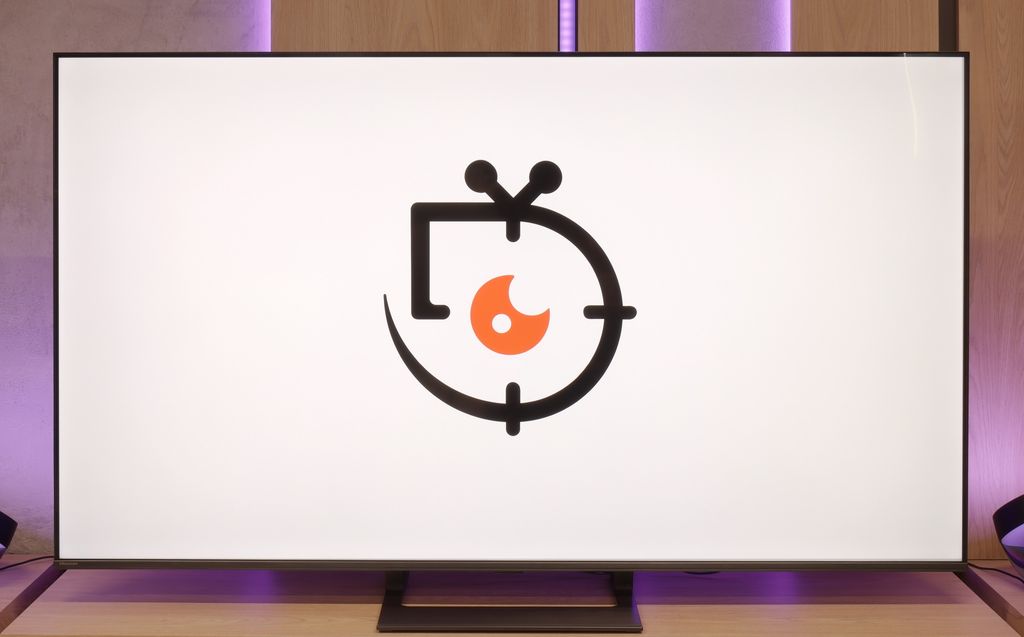
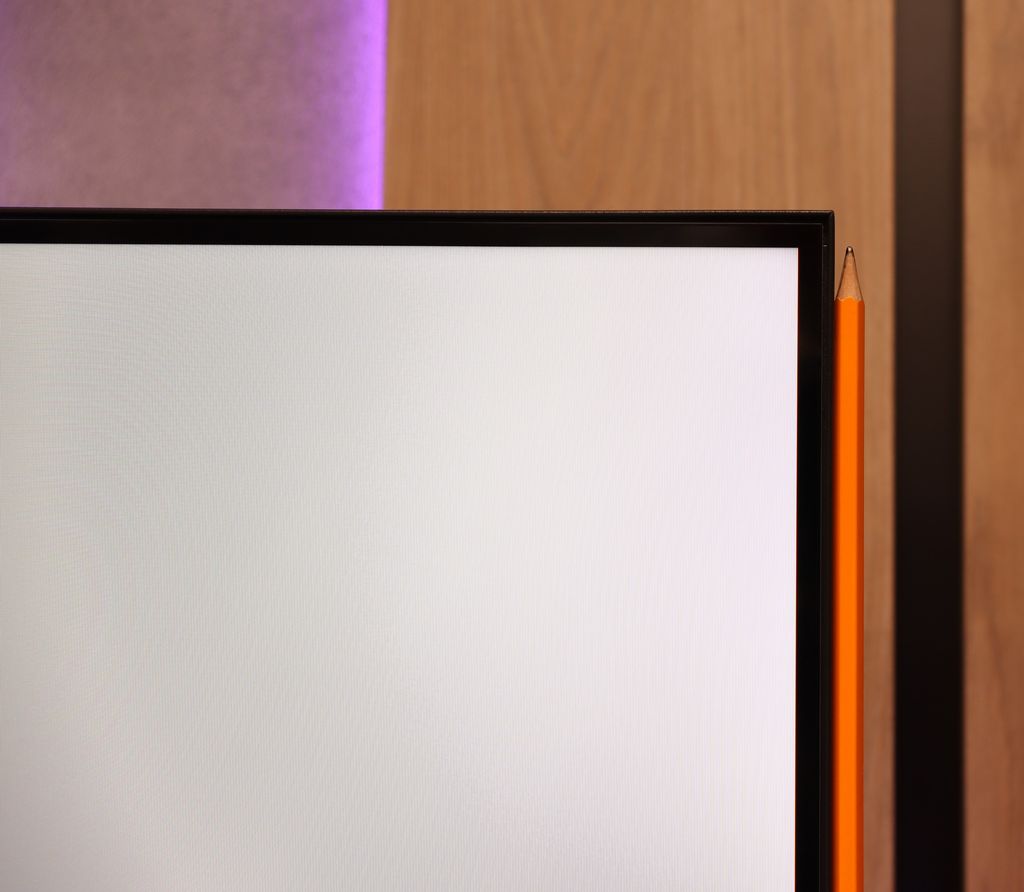
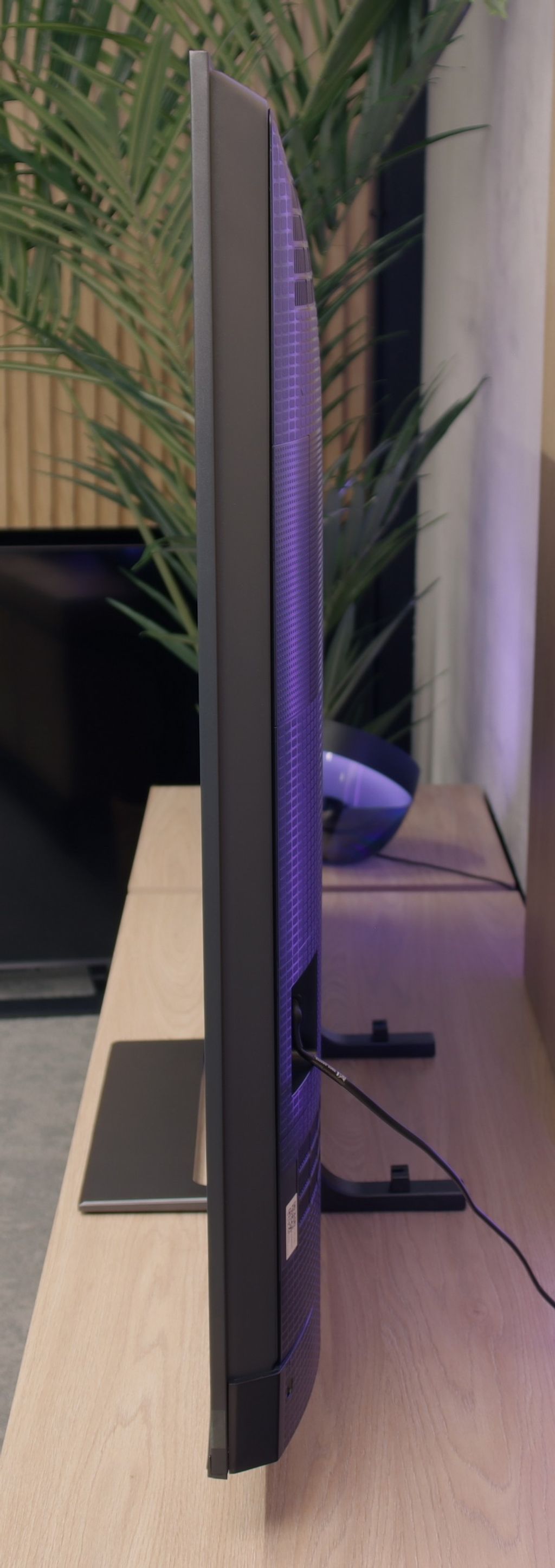
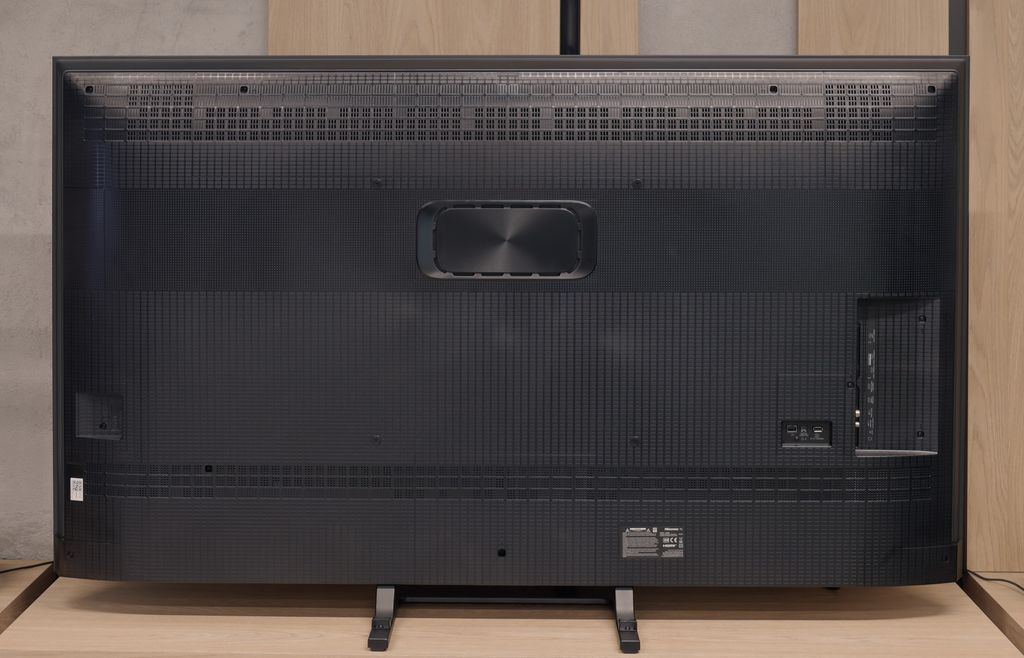



Contrast and black detail
7.6/10
3.5/10
Local dimming function: Yes, number of zones: 220 (10 x 22)
Local dimming function: Yes, number of zones: 6 (1 x 6)
Contrast:

Result
277,000:1

Result
43,700:1

Result
15,750:1

Result
8,850:1

Result
6,350:1

Result
4,050:1

Result
1,750:1

Result
4,800:1

Result
1,850:1

Result
1,350:1
Halo effect and black detail visibility:
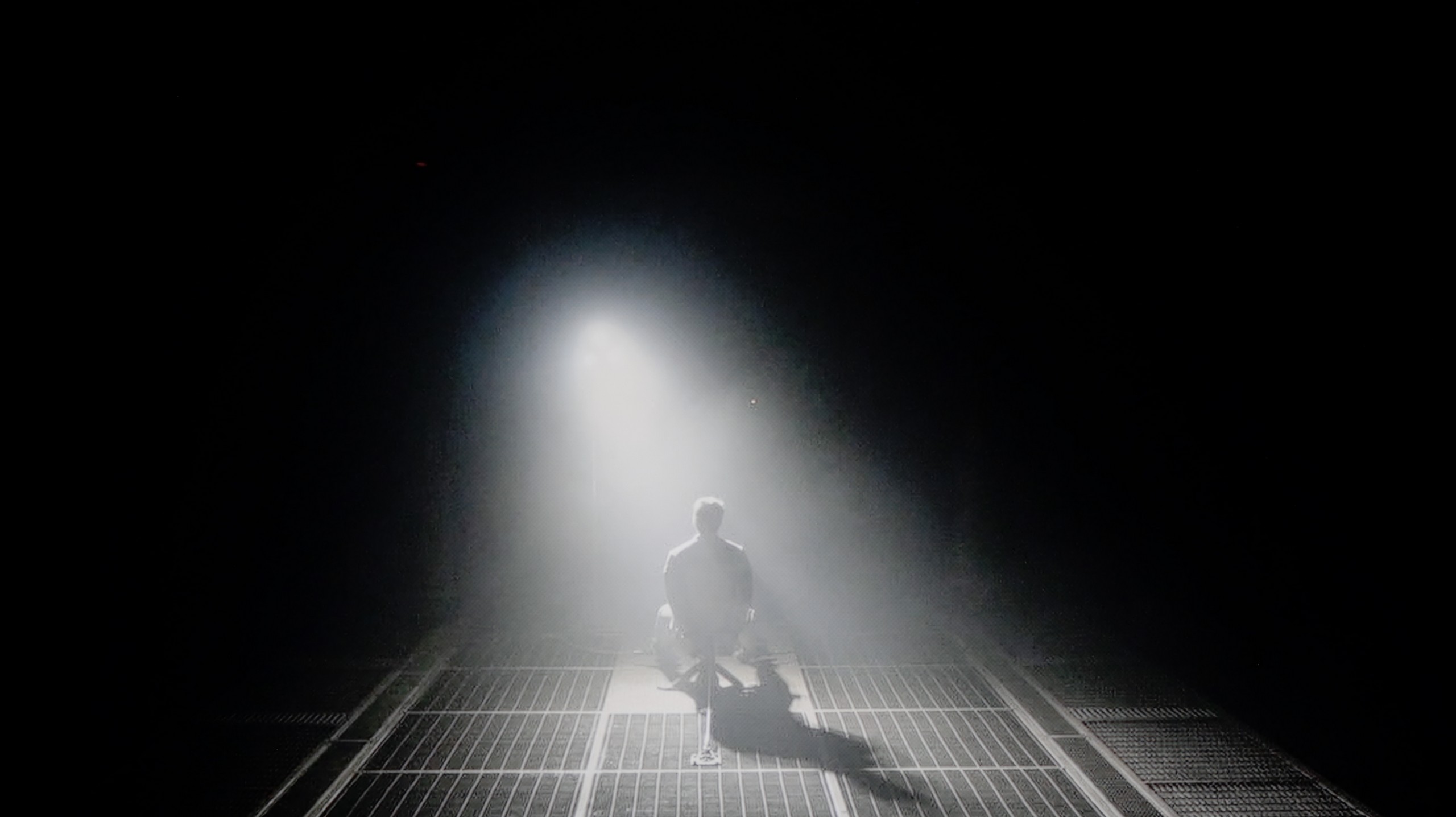

Similar to the U7Q, the E8Q model uses a VA panel and Mini-LED backlighting. The number of dimming zones also remains at a very similar level – in the 65-inch variant we tested, we counted 220 zones, which is exactly the same as in the U7Q. On paper, this looks really good for this price segment, but even better – in practice. The contrast is high, and the black can be really deep. In many scenes, the lights are clearly separated, and the image gains a sense of depth. This is one of those cases where Mini-LED shows that it can approach the quality of OLEDs – of course, assuming that we understand the limitations we have to contend with. In very challenging scenes, there may be slight brightenings or a small halo effect around bright objects, but these phenomena are typical of this technology and do not stand out strongly. Ultimately – the contrast and blacks in the E8Q are really solid, almost identical to those in the U7Q model. It’s hard to find anything to criticise here, especially when we consider the price of the television.
Although the manufacturer describes the QNED86A as a Mini-LED television, there is no multi-zone local dimming system here like those found in more expensive models. In practice, we are dealing with traditional edge lighting, which only allows for dimming horizontal bands of the screen from top to bottom. Combined with a low-contrast IPS/ADS panel, the effect simply falls short. If we decide to leave local dimming on, a problem arises – the television can illuminate selected portions in such a way that it looks like "flying lasers" cutting across the screen. This is very distracting, and it is difficult to speak of truly cinematic experiences under such conditions. Therefore, in our opinion, it is better to turn this feature off. However, one must reckon with the fact that the contrast then drops to around 1500:1, but at least the picture does not irritate with artificial flashes.
HDR effect quality
4.5/10
6/10
Luminance measurements in HDR:

Result
531 nit

Result
148 nit

Result
320 nit

Result
100 nit

Result
625 nit

Result
602 nit

Result
524 nit

Result
690 nit

Result
512 nit

Result
500 nit
Scene from the movie “Pan” (about 2800 nits)


Scene from the movie “Billy Lynn” (about 1100 nits)
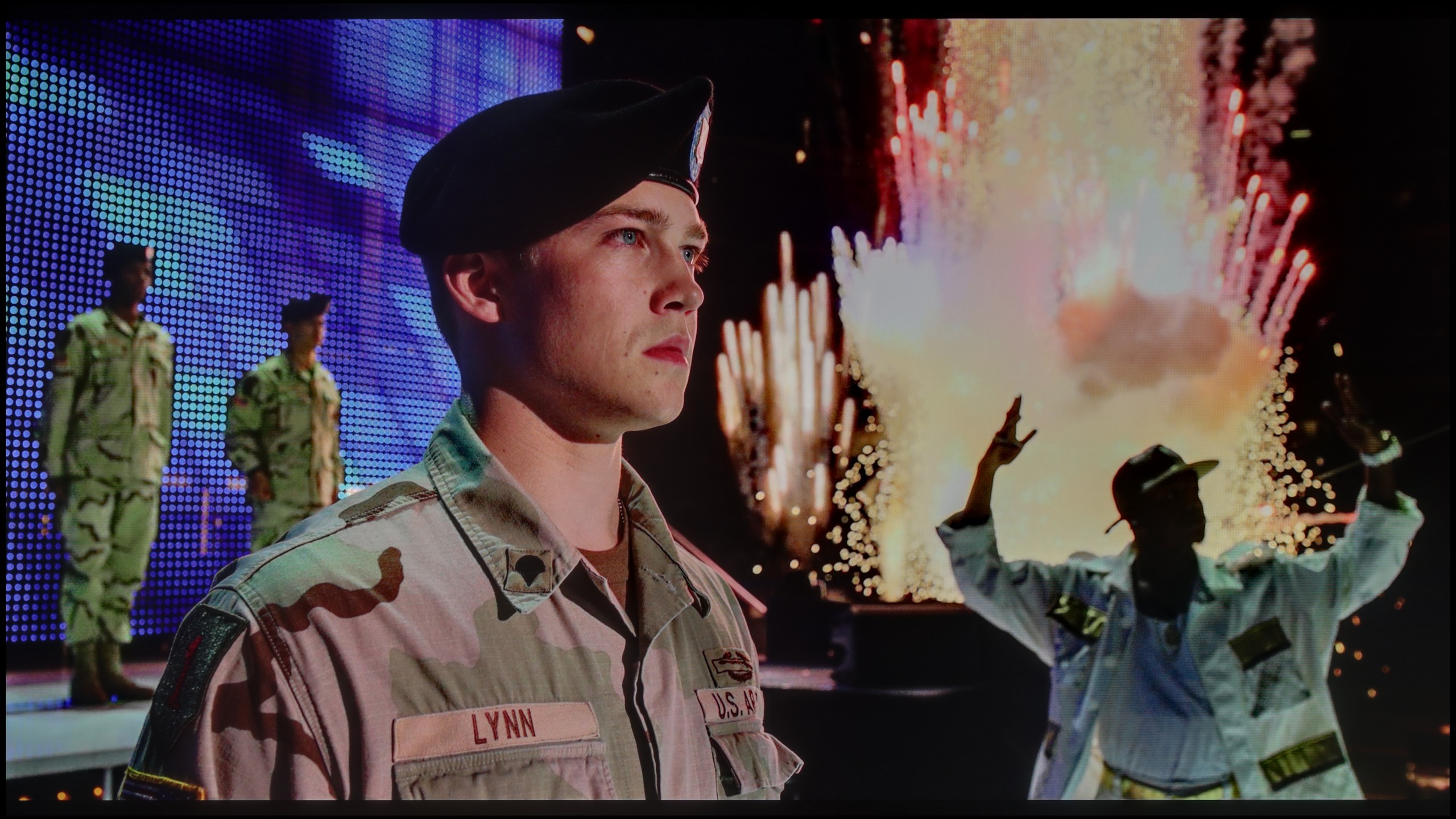

Static HDR10


Dynamic: Dolby Vision
Dynamic: Dolby Vision


HDR luminance chart:
LG QNED86A / QNED85A / QNED87A
HDR luminance
Hisense E8Q
HDR luminance
Since the E8Q is a twin of the U7Q, it’s no surprise that the quality of the HDR effect is nearly identical. On paper, it looks promising – a peak brightness of 800 nits can impress in many scenes. Moments such as flashes of light in “The Meg” or shots of the sun in “Life of Pi” can indeed evoke a 'wow' effect. But the longer we watch, the more we notice the limitations. The problem arises when small, bright details need to be shown against a dark background. In such situations, the dimming algorithms try to preserve contrast but end up dimming what should shine the most. Instead of dazzling details, we get almost invisible points of light. This is typical for Mini-LEDs in this price segment and is not surprising – but it’s worth knowing that the HDR effect will not always be fully preserved. Fortunately, the colour performance offers reasons to be pleased. Coverage of the DCI-P3 colour gamut at around 94% is a very good result, and the applied layer of quantum dots (more precisely, PFS) does its job – the colours are saturated and vibrant, especially with 4K content.
Against a backdrop of contrast and black, the brightness of the QNED86A and the overall HDR effect perform much better. This is a television that can achieve around 700 nits under the best conditions, so in terms of luminance alone, there is nothing to be ashamed of. As a result, scenes with strong lights, explosions, flashes, or bright parts of the landscape look clear and can make an impression. Interestingly, even in more challenging moments with small, contrasting elements on the screen, the television manages well with their backlighting, and the details are quite visible. The problem arises when there are many dark tones. The lack of effective local dimming causes the black to practically disappear, and instead, we get a grey haze spreading across the entire screen. This kills the sense of depth and makes the image look flat, as if it lacks a cinematic character. In bright animations or colourful family films, this will not be a problem, as vibrant colours and bright light dominate. But in horrors or productions set in darkness, these limitations are very strongly felt. As a comfort, it is worth adding that the QNED86A is actually a QLED television with a PFS LED filter, which gives it very good coverage of a wide colour gamut. Both the DCI-P3 palette and the broader BT.2020 perform really well here. This makes the colours in HDR films saturated, juicy, and with the appropriate depth – even if the black itself disappoints, the colours can save the viewing experience and make the image look attractive.
Factory color reproduction
6.5/10
5.6/10
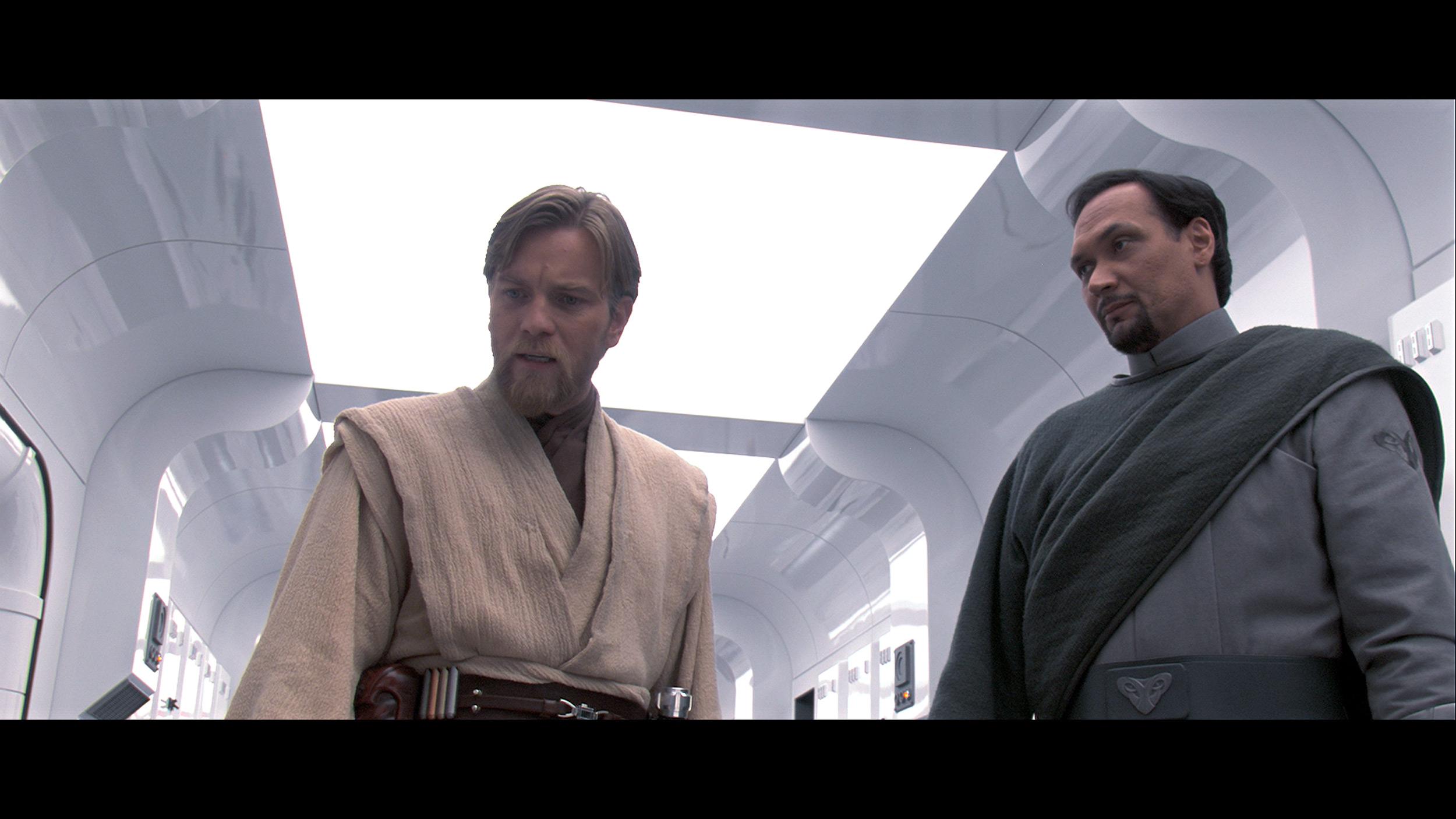
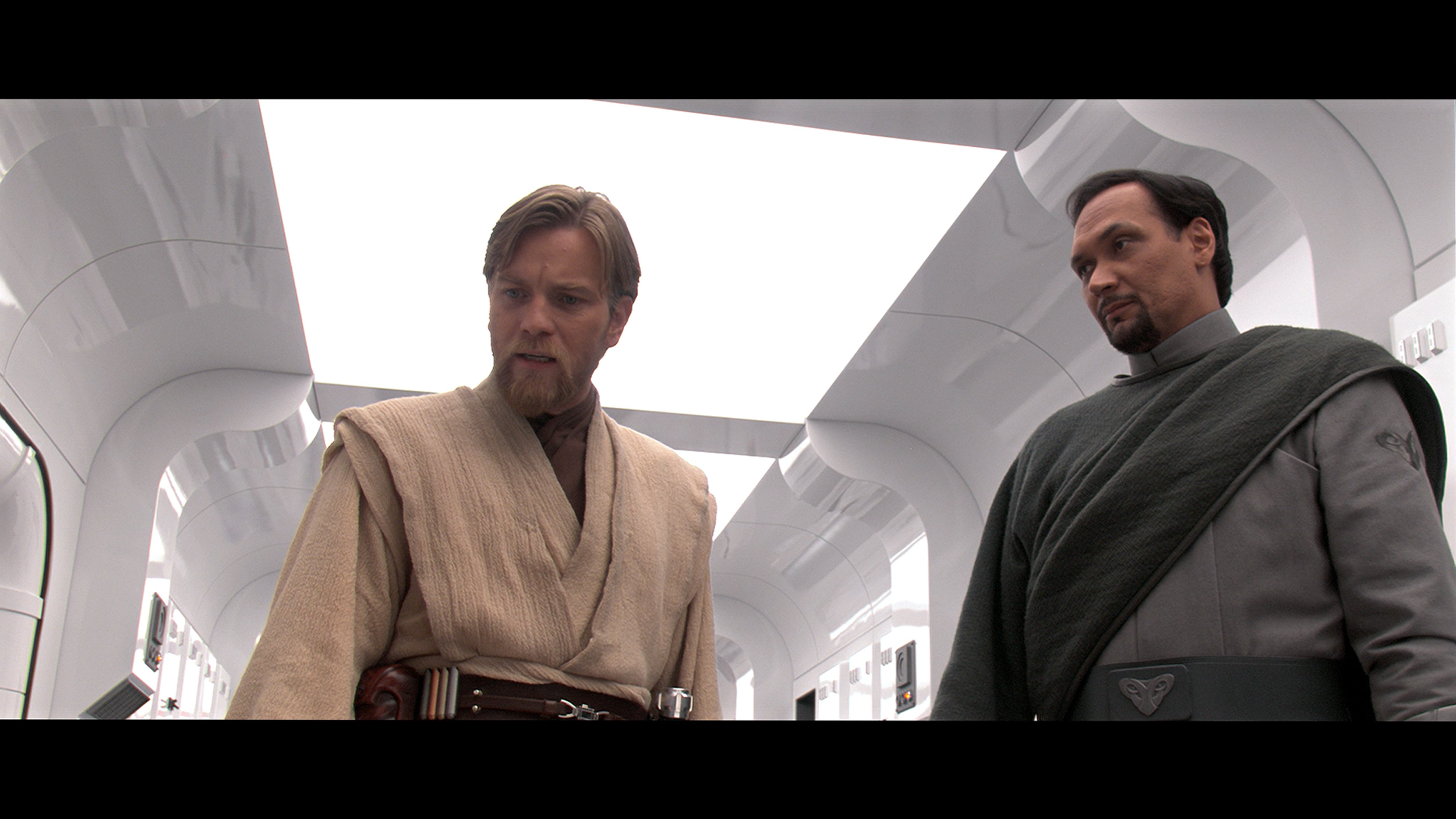
Factory Mode
After calibration


Factory Mode
After calibration
Testing the Hisense E8Q in Filmmaker mode, we were hoping for a possibly neutral image close to the director's vision. Unfortunately – although it doesn't look bad on paper (the colour reproduction errors are not significant), in practice the image appears not entirely natural. The reason? An overly strong boost in blue colour and a lack of red in the white balance. The effect? Scenes look cool, and the white seems slightly bluish. Alongside the U7Q model, we also noticed a specific approach to brightness management here. The brightness mapping curve for HDR content (EOTF) shows that the television can significantly dim small, bright elements on the screen to maintain contrast – but sometimes it goes too far in this. On the other hand, larger, very bright areas can be excessively brightened, which disrupts tonal balance. This is a compromise that may not suit everyone – especially if you want an as faithful image as possible right out of the box.
We primarily tested the QNED86A in Filmmaker mode, which is designed to provide the most faithful picture. Unfortunately, right out of the box, there were quite a few shortcomings. The most noticeable was the poorly tuned white balance – there was a lack of blue, causing the overall image to take on a slightly yellowish, and at times even orange hue. An even bigger problem turned out to be the way the television manages brightness. Due to its technical limitations – specifically, local dimming that only works along the edges of the screen – the QNED86A tends to oversaturate entire scenes. This is where the flattening effect we mentioned earlier comes from. Instead of clear depth and contrast, we get something akin to “boosted brightness,” which can strain the eyes over time.
Color reproduction after calibration
7.4/10
7.6/10




The calibration of the Movie mode yielded really good results, especially when it comes to SDR content. We managed to balance the white levels, which made the image look more natural – it appeared almost reference-quality. The colours were well-saturated, and the overall perception of the content improved significantly. Unfortunately, when we switched to HDR materials, familiar issues from the U7Q model returned. The television still likes to "do its own thing," as evident from the analysis of the brightness characteristic EOTF – despite calibration, the E8Q still dimmed fine details in the shadows, while the bright areas of the screen could be excessively boosted. In practice, this means that in darker scenes, some of the smallest details could simply disappear. Although it must be acknowledged that the entire calibration process brought a lot of good, not everything can be circumvented – even with the use of professional tools. The E8Q can impress with its picture, but in HDR content, its design limitations become apparent, and it is worth keeping this in mind.
What has been saved in the QNED86A6A is undoubtedly the colours. After calibration, the white balance was set with great precision, ensuring that deviations on the Colour Checker palette mostly did not exceed the visibility threshold for the human eye. In other words – the hues finally looked natural, without the strange yellow or orange tones that previously spoiled the perception. Unfortunately, even the best calibration cannot circumvent the structural limitations. The already very modest number of local dimming zones and their unfortunate placement mean that the analysis of the EOTF curve in films still showed clear over-brightening of scenes. The picture tended to flatten, lacking cinematic depth. Fortunately, this effect is not so noticeable in older productions or in SDR content. There, the calibration truly makes a difference and allows one to harness the QNED so that the image can be appealing. However, the specifics of this construction – especially the issues with contrast – cannot be completely bypassed.
Smoothness of tonal transitions
9.9/10
8.9/10
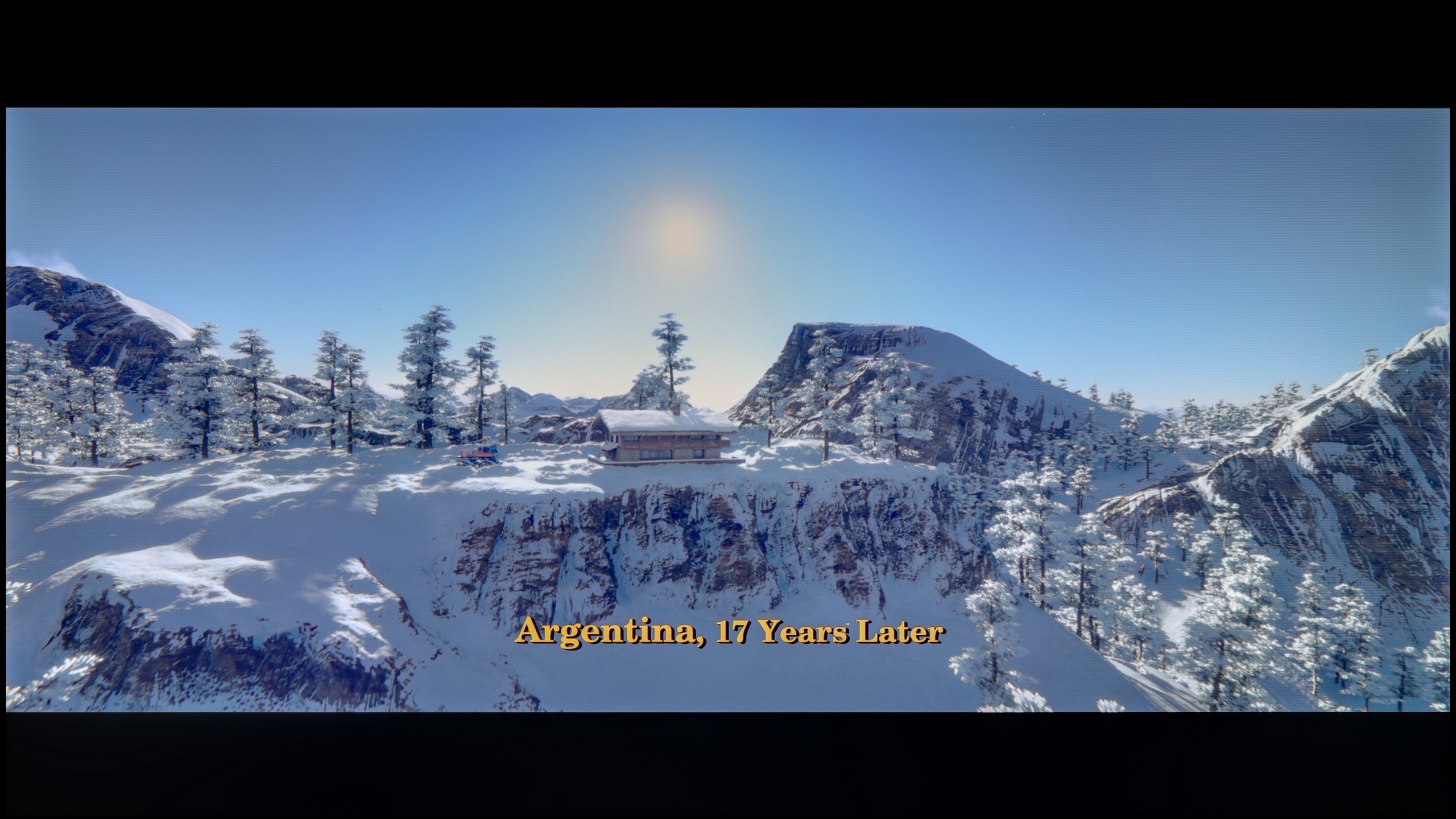



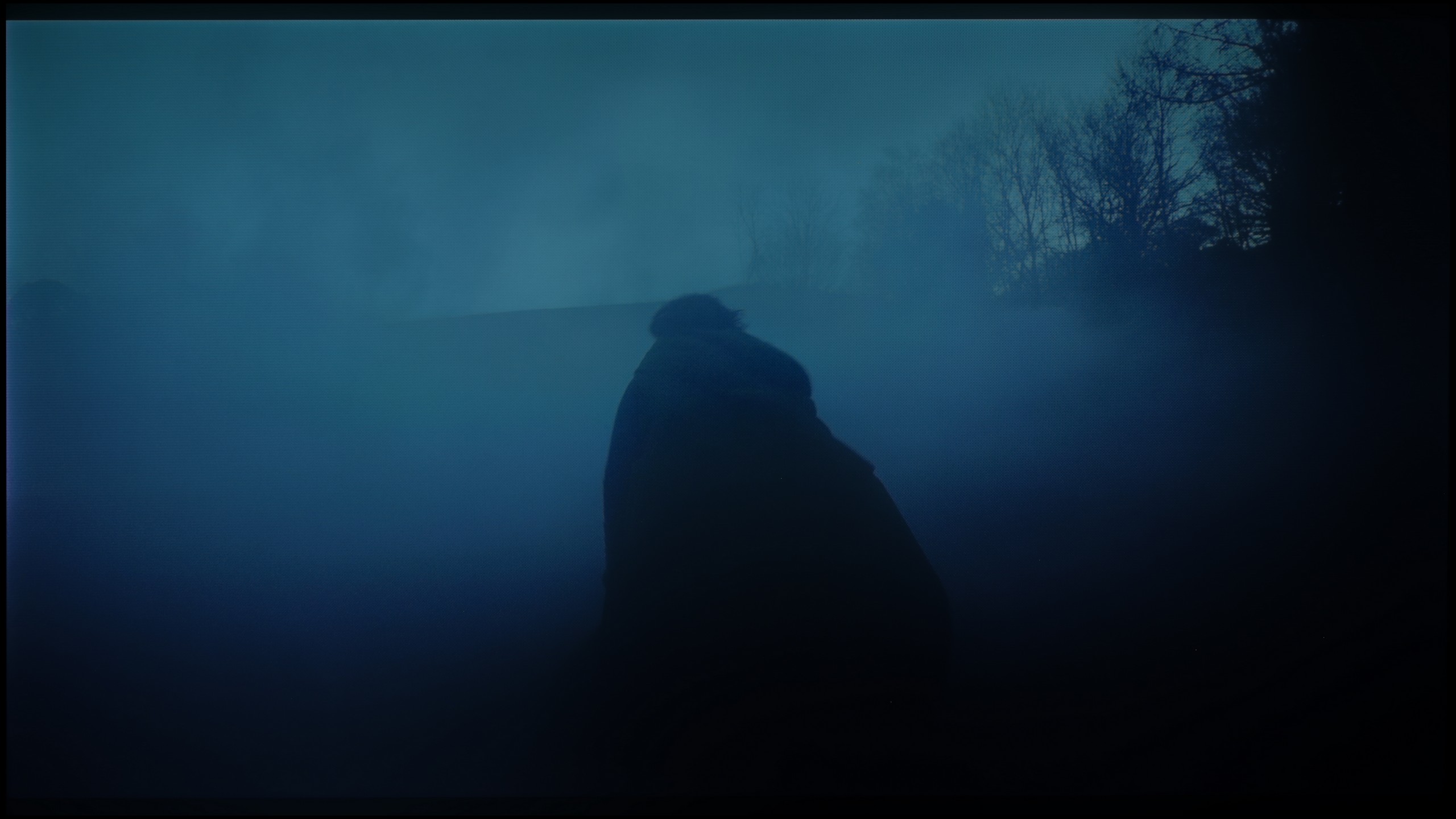

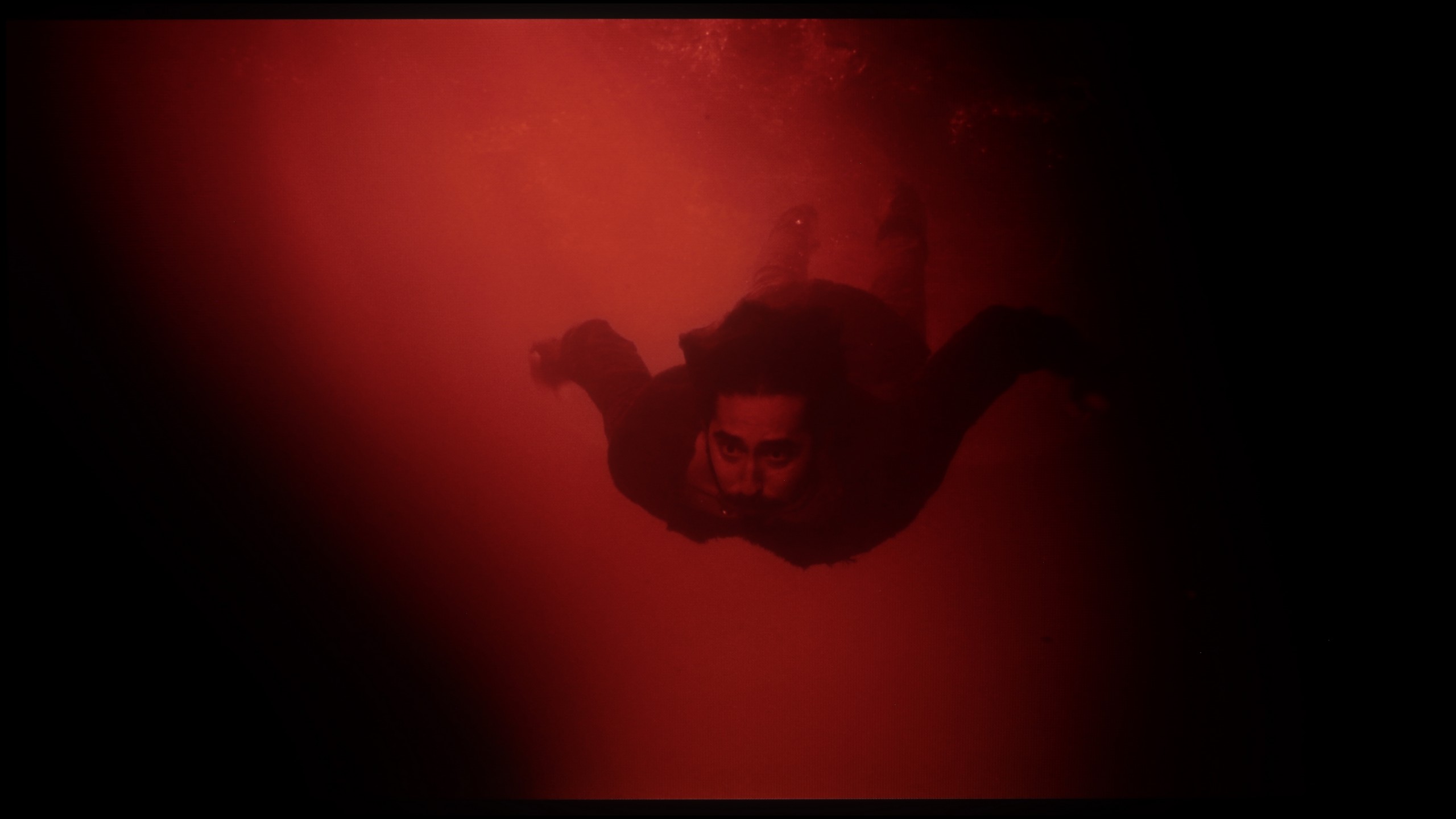





In this category, the Hisense E8Q really demonstrates class. The transitions between colours are very smooth, with no 'banding' or clear boundaries between tones. The image looks natural, and the colour gradation is exceptionally good – even in more difficult scenes. If there are any minor imperfections, they are subtle enough not to be noticeable. It's hard to nitpick here – it looks almost flawless.
The colour blending is one of the stronger points of the QNED86A. During everyday viewing, the image is presented very smoothly, without noticeable "steps" or sudden transitions between colours. The television handles colour merging in a quite natural way, so with most material, it is difficult to spot issues with gradation. Any imperfections only appear under extreme conditions – for example, in the darkest parts of films, where even much more expensive televisions can encounter problems. There you might notice slight banding or characteristic stripes, but these are marginal situations that should not interfere during normal usage. Overall, the QNED86A performs quite well in this category and has nothing to be ashamed of in comparison to the competition.
Image scaling and smoothness of tonal transitions
6/10
7.8/10
Smooth transition function
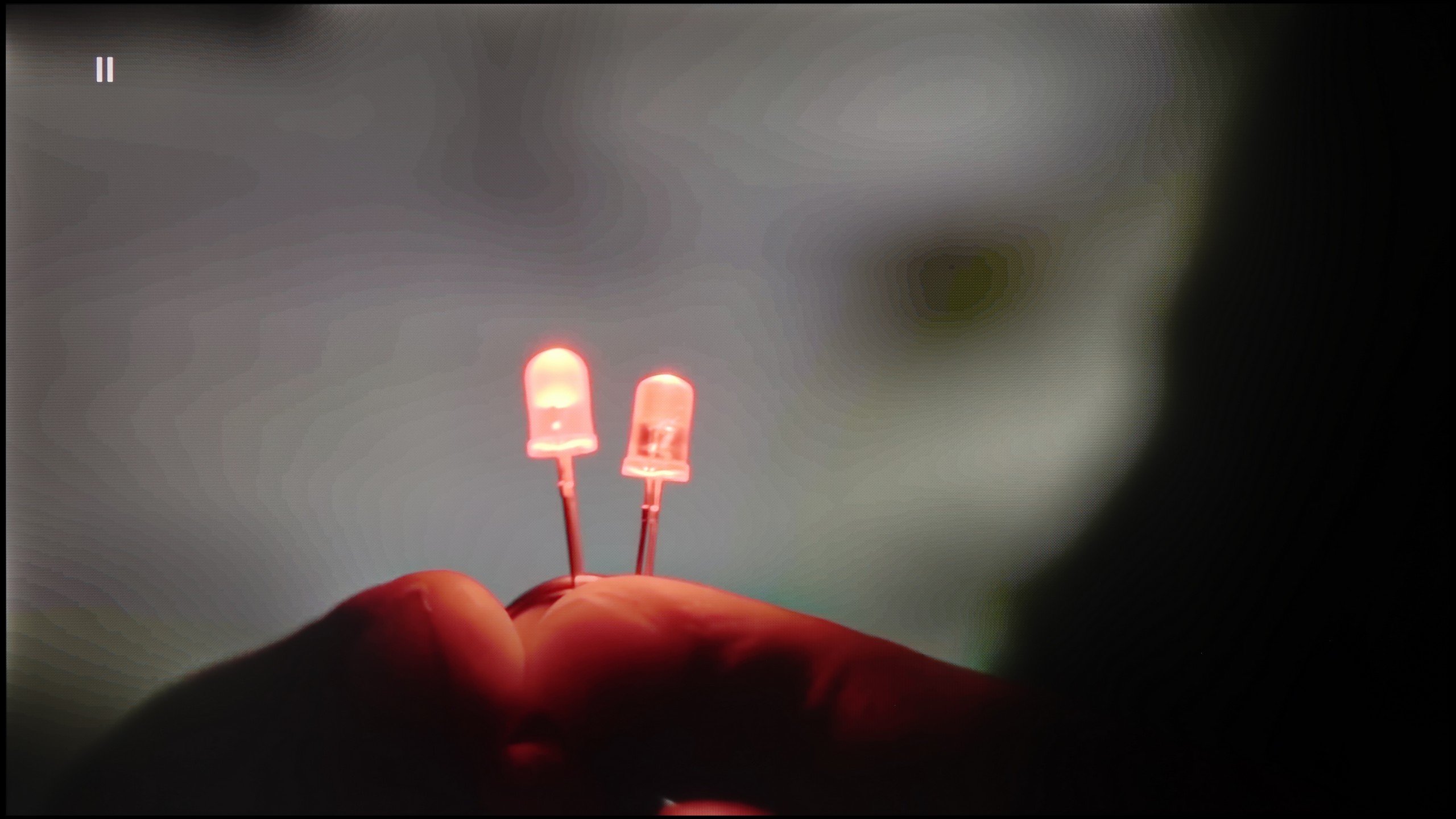

Image without overscan on the SD signal


In the case of older materials with lower quality, a gentle smoothing of tonal transitions often comes in handy. The Hisense E8Q, like the U7Q, features an "Smoothing and Gradient Image" function, but unfortunately – its effectiveness leaves much to be desired. The "Low" mode is almost imperceptible in operation, and the higher settings do not improve transitions but simply blur the details. The good news is that the function does not compromise film grain, meaning it does not worsen the structure of the image. On the plus side, scaling is commendable. The television is able to sensibly upscale older content to a higher resolution – without artificially accentuating contours or excessive sharpening. Although it does not match the best models in this category, it performs quite well for its class.
If someone is worried about potential "steps" when blending colours, there is a simple way in the QNED86A to address this. Just activate the feature called Smooth Gradation and set it to a medium level. Then the television really smooths out all those unwanted transitions quite well – especially in older productions – and it does so in a way that film grain doesn't disappear, nor do strange artefacts appear. In other words, it can be used without concern.
The upscaling itself also performs quite well. Of course, there are no miracles here – with lower quality sources, you can notice characteristic ringing. Fortunately, there is a sharpness slider in the menu, and if someone prefers a more "soft" image, it can be quickly adjusted to personal taste.
Blur and motion smoothness
7.1/10
7.8/10


Blur (native resolution, maximum refresh rate):
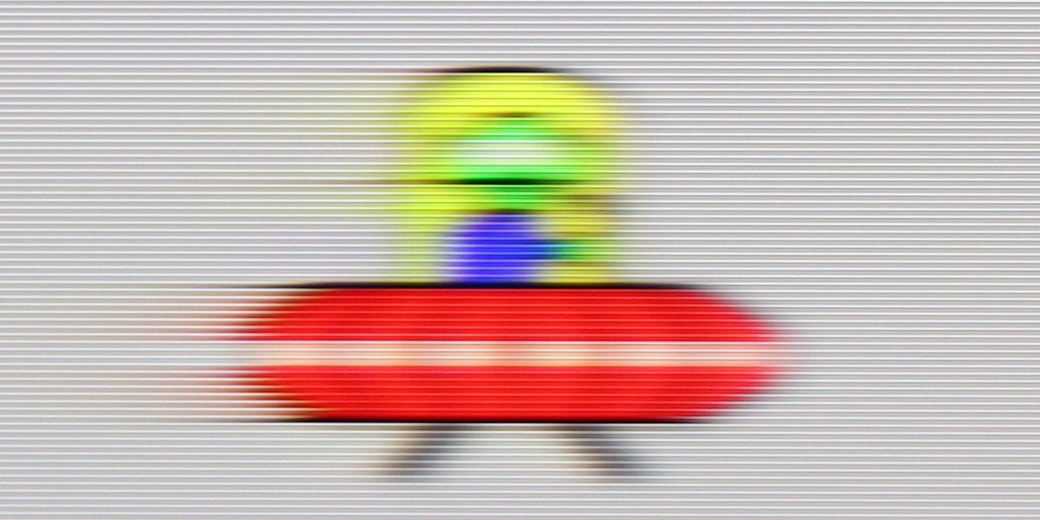
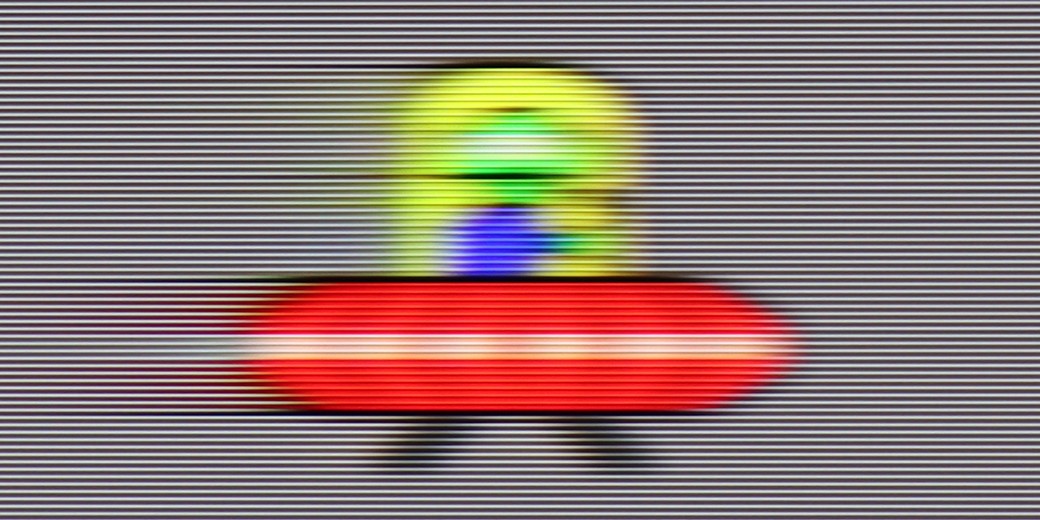
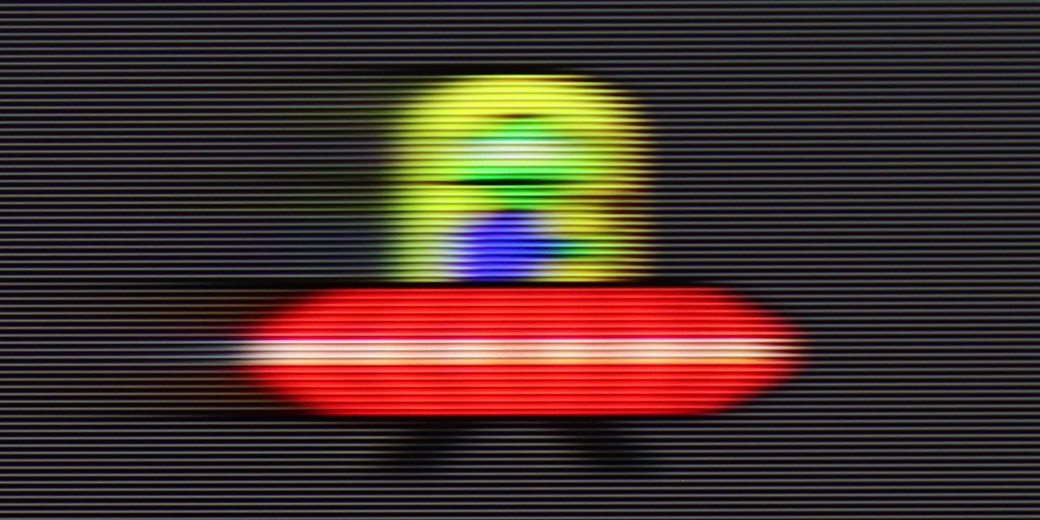



Blur (BFI function enabled):
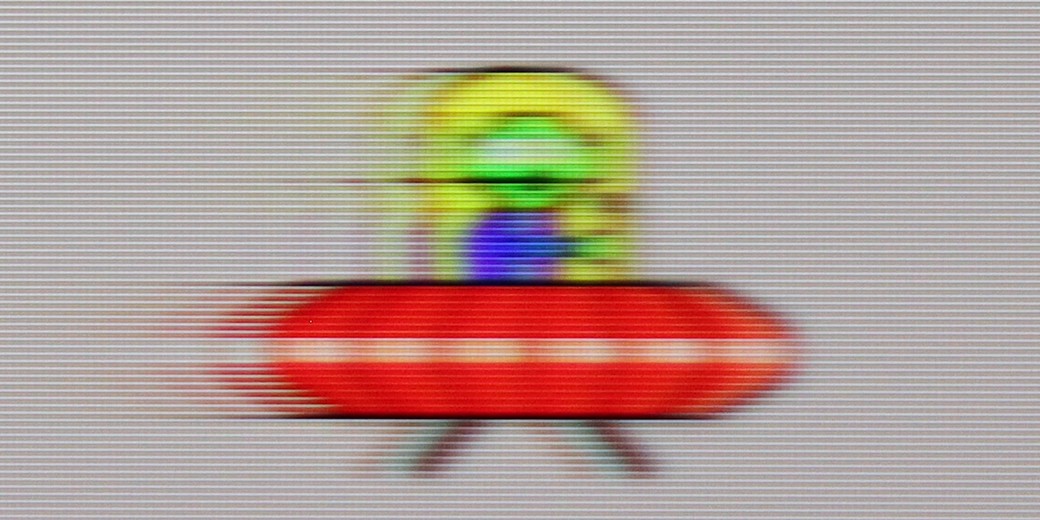
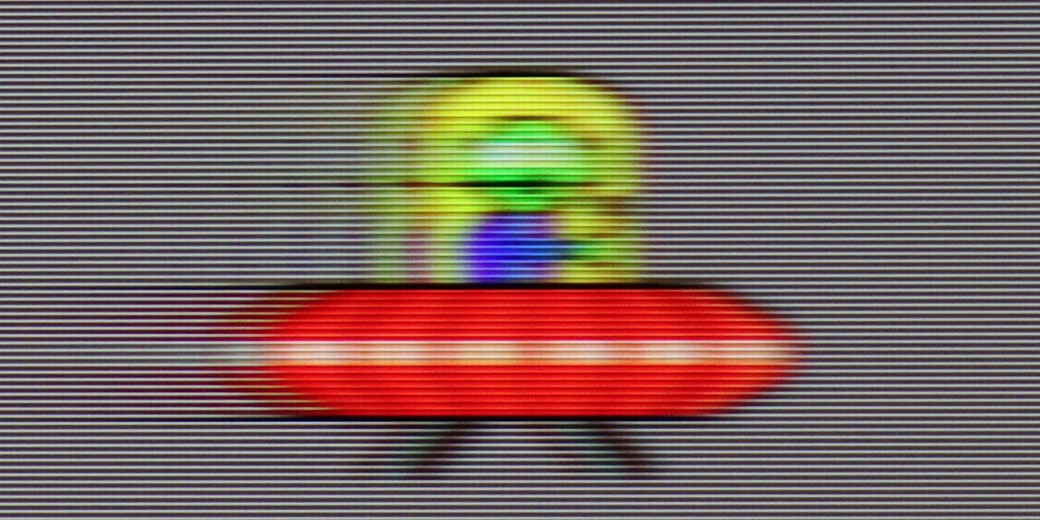
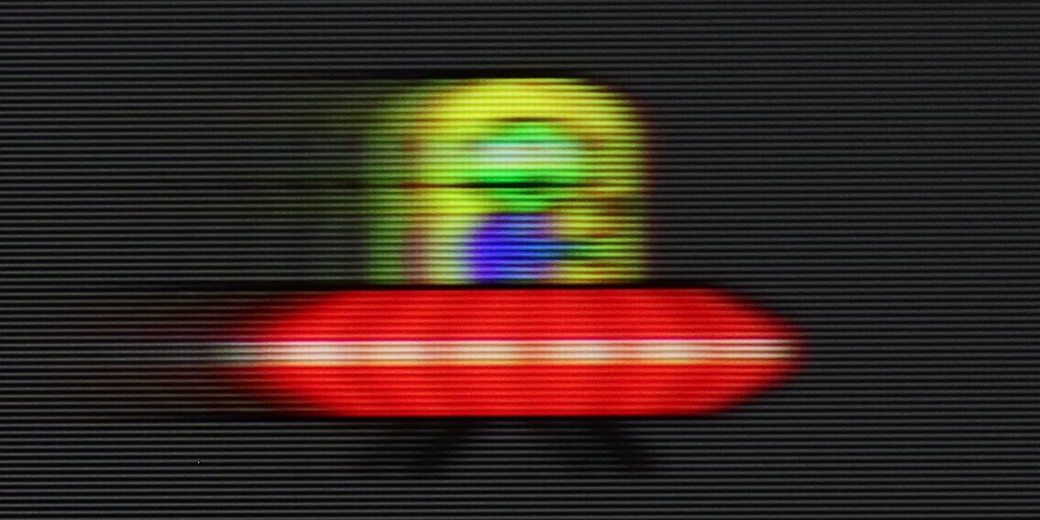



Blur (4K 120Hz):
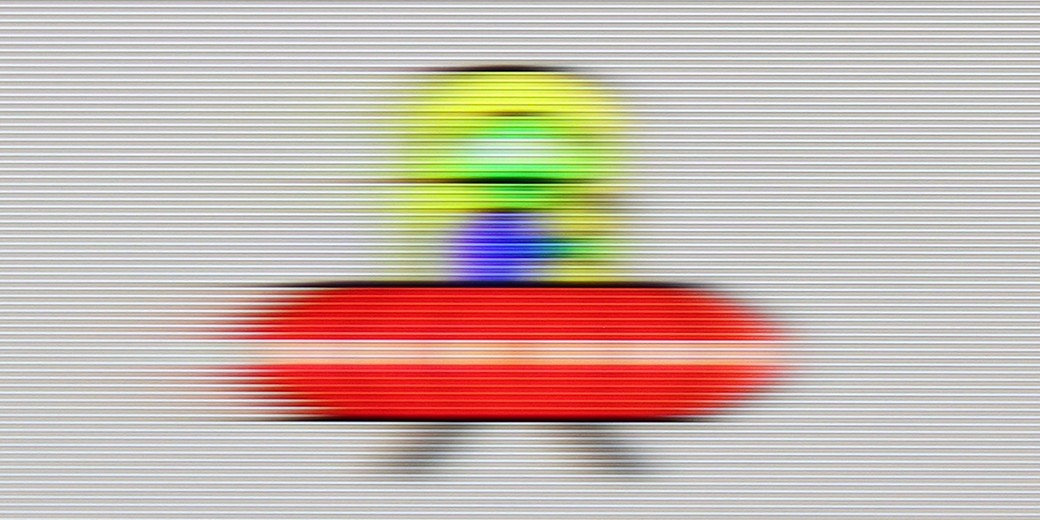
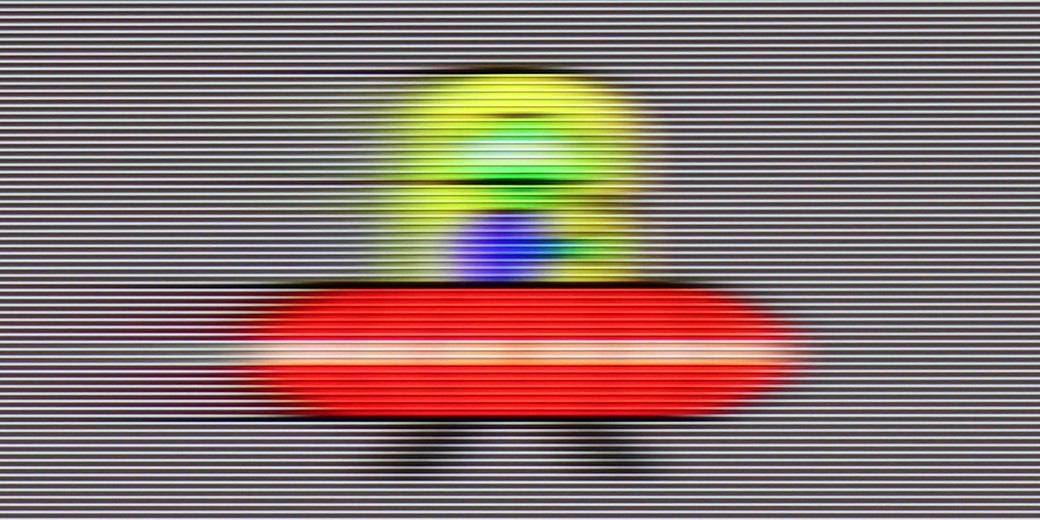
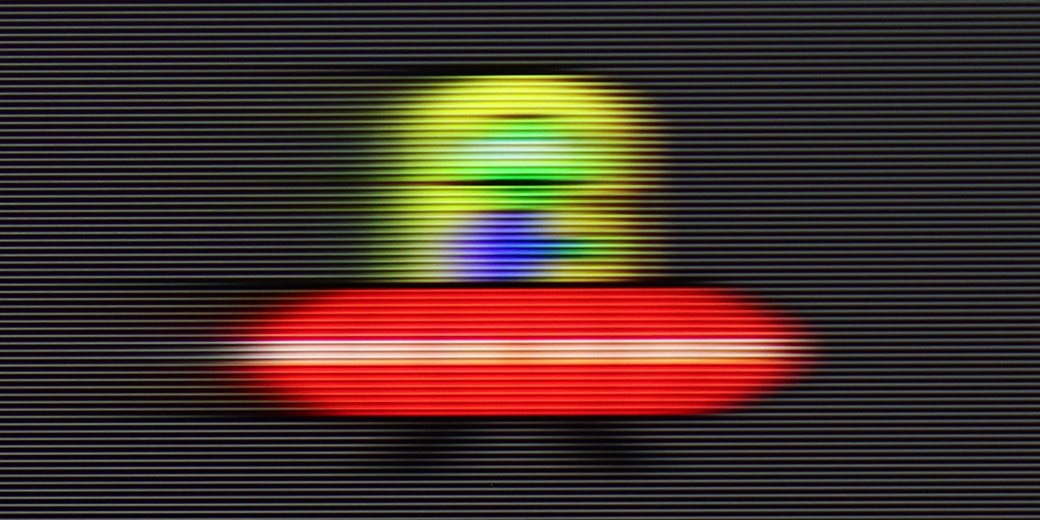
Blur ():
Similar to the U7Q, the E8Q model is a fast television designed for dynamic content. It supports a refresh rate of 144 Hz at 4K resolution, and if, for some reason, someone is still gaming in Full HD – it can even reach 240 Hz. This is a significant advantage, especially for PC users looking for maximum smoothness. In everyday use, the television performs very well. The "Ultra Motion Smoothness" mode offers two sliders that allow you to customise the picture to your preference – whether more cinematic with the film frame preserved or highly smoothed, almost "series-like". It's good that the manufacturer provides a choice here instead of imposing one style. On sports material, live broadcasts, or in games – movement looks clean and stable. Of course, it is not at the OLED level, but for this price range, the E8Q performs really well.
The QNED86A is equipped with a panel boasting a refresh rate of 120 Hz, so it can be said from the outset that it is suitable for both sports and gaming. And indeed, it is – the image appears smooth, and motion blur is not particularly intrusive. IPS panels have always had some issues with this, and here too, slight blurring can sometimes be noticed, especially in very dynamic scenes, but it is not something that ruins the viewing of a match or a fast-paced game. For cinema and sports fans, LG has included the traditional TruMotion smoothness enhancer. In the menu, we have two sliders – one for movies (De-Judder) and the other for sports (De-Blur). The first adds missing frames and can be adjusted to modify the character of motion – from raw, cinematic to a smoother, more ‘theatrical’ look. The second improves sharpness during dynamic actions, so it's worth turning it up a bit if you watch a lot of sports.
Console compatibility and gaming features
8.5/10
9.8/10
- ALLM
- VRR
- VRR range48 - 240Hz48 - 120Hz
- Dolby Vision Game Mode
- Correct implementation of HGIG
- 1080p@120Hz
- 1440p@120Hz
- 4K@120Hz
- Game bar
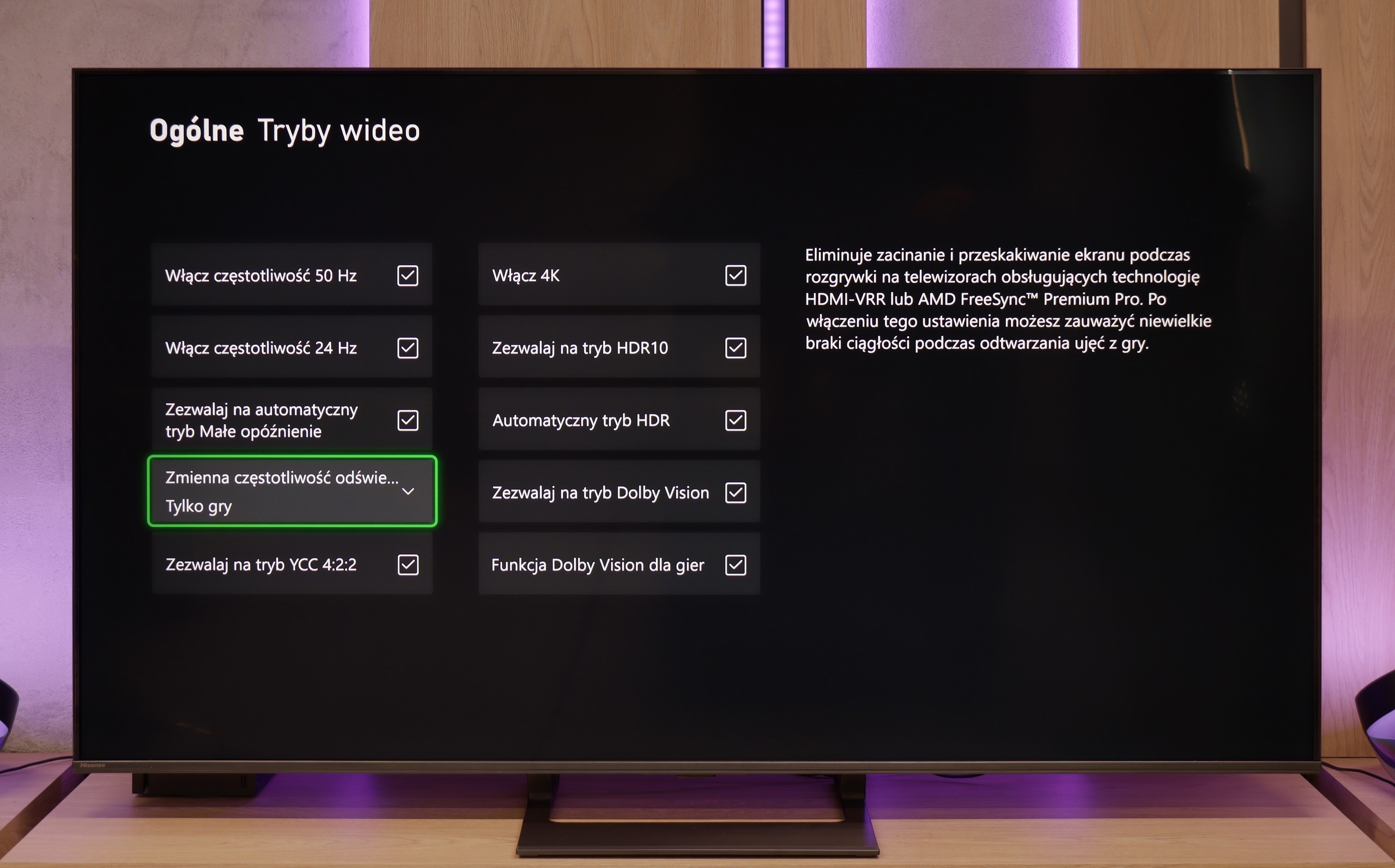

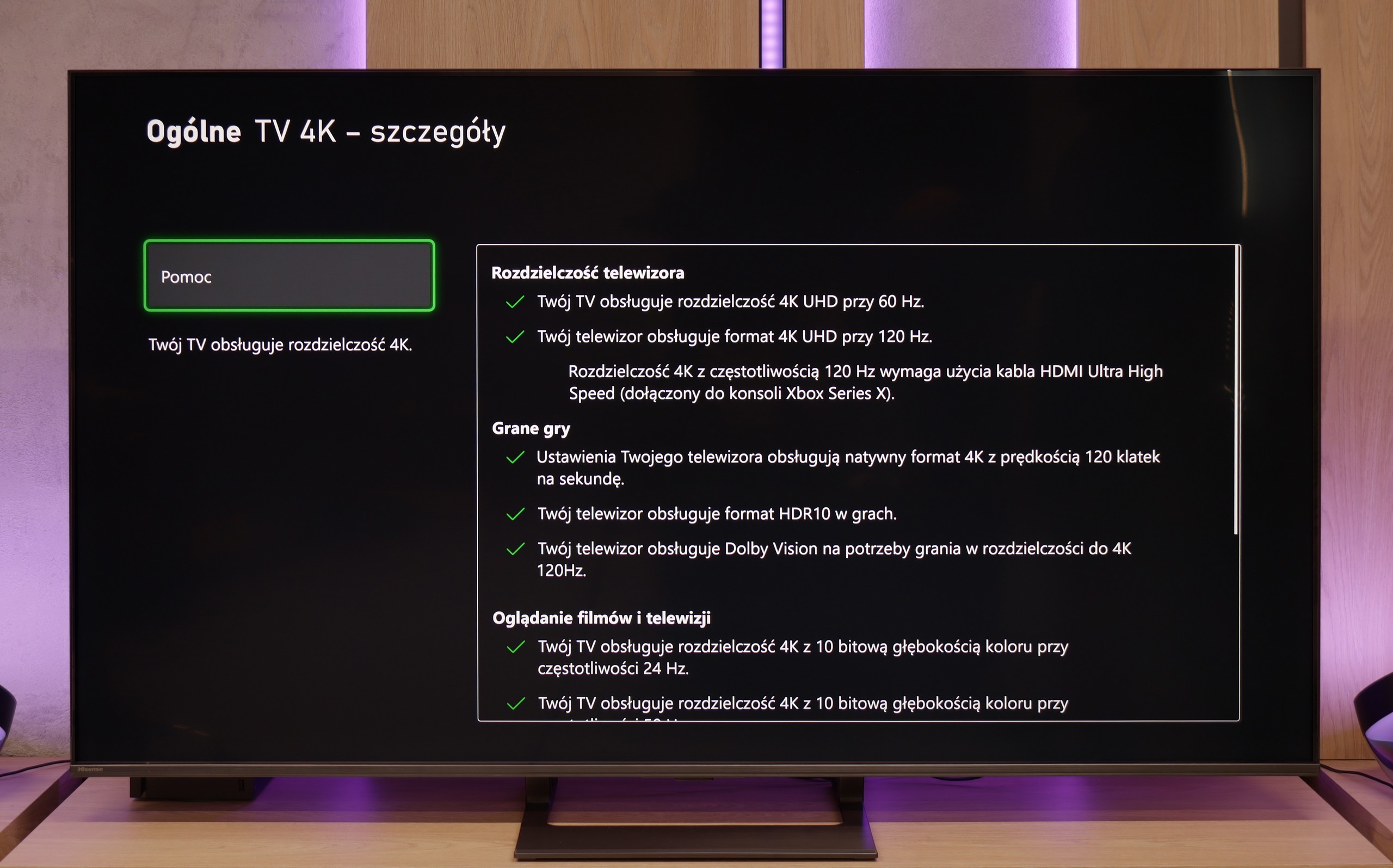

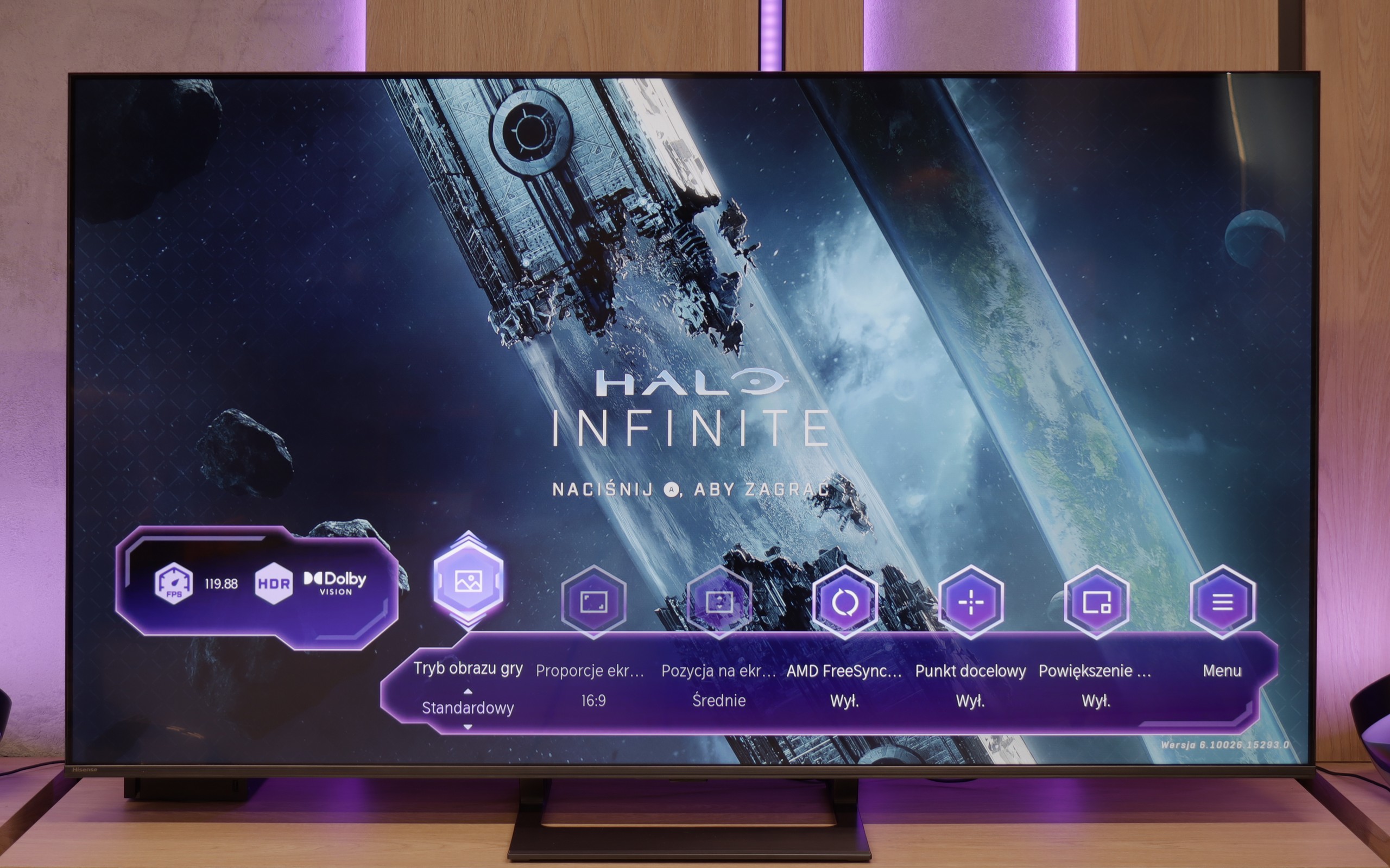

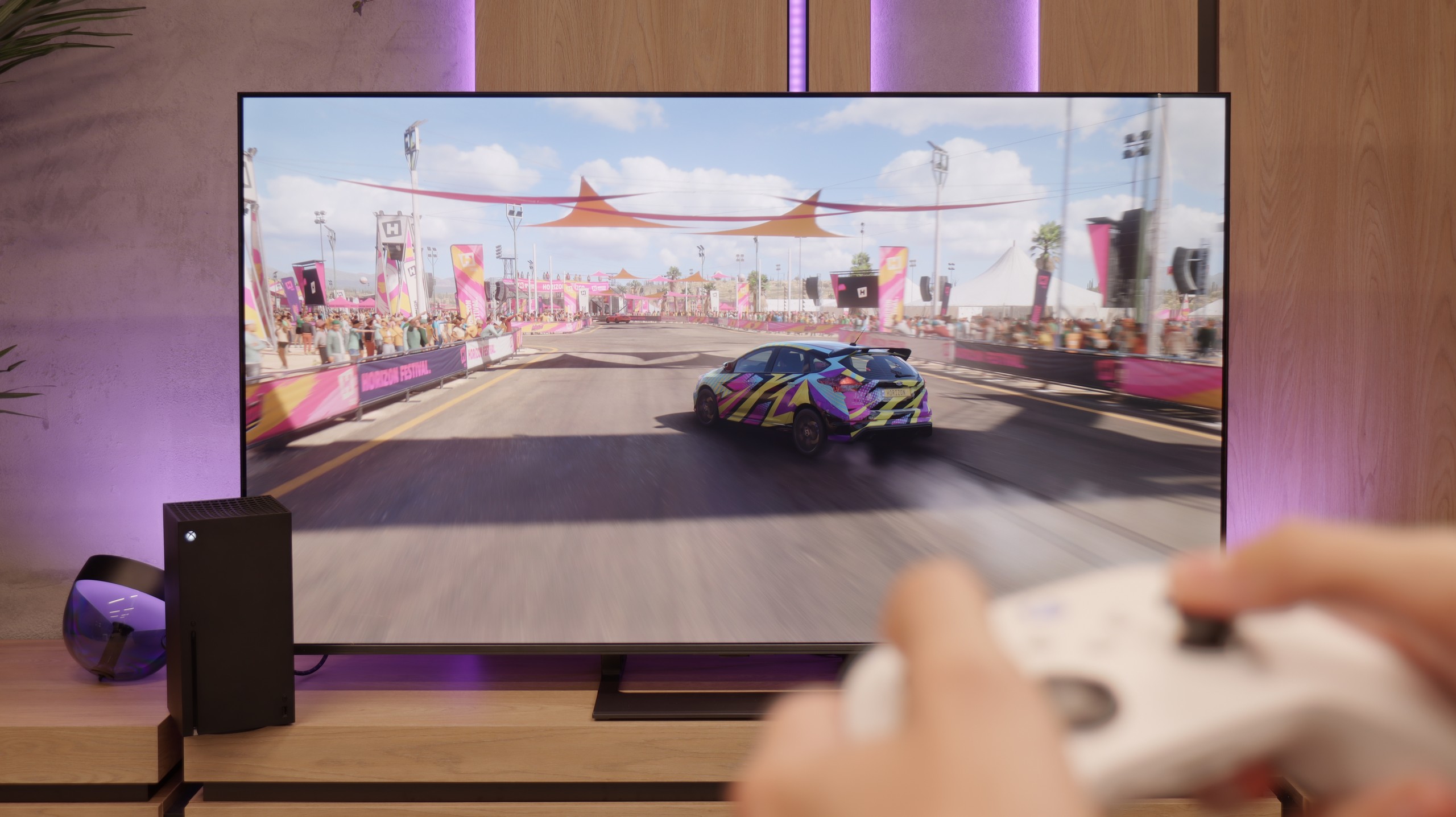

Hisense E8Q does not hide its gaming heritage. Even the specifications reveal that we are dealing with a television that will perform excellently as a gaming screen. Variable Refresh Rate (VRR)? It's there. Automatic switching to game mode (ALLM)? That's there too. Additionally, there is impressive refresh rate – 120 Hz in 4K or even 240 Hz in Full HD. Such a set is rare in this price segment. Everything works smoothly and without major surprises. The only missing element – similar to the U7Q – is support for HGiG. It’s a shame, as this feature facilitates adjusting the brightness curve to the capabilities of a specific television, improving visual compatibility with the intentions of HDR game creators. Without it, one has to manually fiddle with the settings, which does not always yield a satisfactory result.
In terms of gaming, the LG QNED86A6A is a complete tool. It features four HDMI 2.1 ports with full bandwidth of 48 Gb/s, which means that whether you connect a PlayStation 5, Xbox Series X, or a powerful PC, everything will run in full 4K at 120 Hz with support for all functions. This is a significant advantage, as some competitors still only offer two such ports, which can be troublesome with multiple devices. It also includes VRR, or variable refresh rate, which eliminates screen tearing, as well as ALLM, which automatically activates game mode when the console is turned on. Dolby Vision Gaming is also included, along with proper implementation of the HGiG format, so titles that support these formats look more vivid and detailed. On top of all this, there is the Game Optimizer – a sort of control centre for gamers. From this interface, you can view picture parameters in real-time, quickly change modes, activate additional features, or adjust image settings to your personal preferences. The LG QNED86A6A essentially has everything one could expect from a modern gaming television.
Input lag
9.7/10
9.9/10
SDR
HDR
Dolby Vision
The E8Q handles delays very well. For 120 Hz materials, the input lag is super low – practically unnoticeable even for more demanding gamers. At 60 Hz, the values are slightly higher, but still comfortably within the "placebo" limit – there’s nothing to complain about. The biggest increase in delay was observed in Dolby Vision Gaming mode. The television then requires more time to process the signal, but even in this case, it doesn’t exceed 30 ms. While these may not be perfect values, for most gamers – especially console gamers – this will not be a hindrance.
There is really nothing to complain about here. The QNED86A6A achieves excellent results – around 5 ms with 120 Hz content and roughly 15 ms with 60 Hz. These values will easily satisfy both console gamers and those who connect a PC to the television. The response to movements is instantaneous, so you can forget about delays between the image and the action on the controller.
Compatibility with PC
8.6/10
8/10
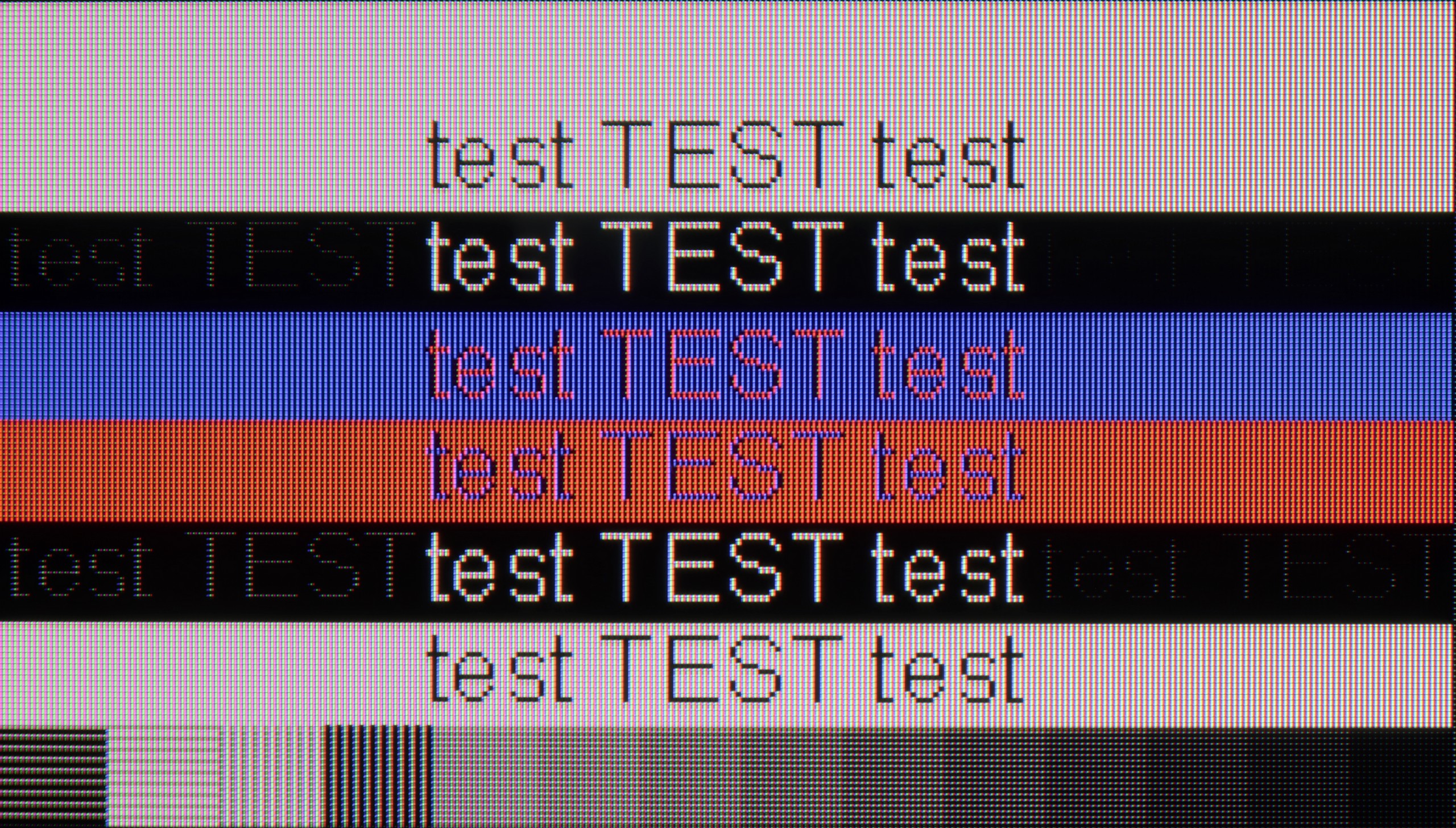

In terms of collaboration with the computer, the E8Q performs really well. It supports chroma 4:4:4 at full 4K resolution and at the highest refresh rate, so the readability of fonts – even the smallest ones – is at a very good level. There are some minor blurriness issues with exceptionally thin fonts, but in everyday use, this is hard to consider a serious problem. A nice addition for PC gamers is the ability to achieve up to 288 Hz at lower resolutions. The E8Q communicates effortlessly with powerful graphics cards, making it an interesting choice not only for movies or consoles but also for gaming on the computer.
LG QNED86A, thanks to the use of an IPS matrix, a full RGB subpixel layout, and correct implementation of chroma 4:4:4, makes fonts look fantastic on the QNED86A6A. The text is sharp, clear, and legible, making the television ideal for office work. This is important, as this year the model also debuts in a 43" size, and such a variant can easily land on a desk and serve as a large monitor. Of course, some users who opt for the 43" version will be gamers, and here too there are no reasons for complaints. The television supports 4K at 120 Hz, so gameplay is smooth and enjoyable. It's a bit of a shame that there is no higher refresh rate mode like the 144Hz declared by the manufacturer, as PC gamers would surely appreciate that. Despite this, the QNED86A6A performs really well as a monitor for gaming and work.
Viewing angles
3/10
6.9/10
E8Q, like most TVs with a VA panel, looks best when we sit directly in front of the screen. In this position, one can expect deep blacks, good colour saturation, and high contrast. Unfortunately, it only takes a slight shift to the side for the image quality to diminish – colours begin to fade, and blacks become more grey than black. This is not surprising, but it is worth keeping in mind, especially if we plan to watch with a larger group from different spots in the living room. As a consolation – in return, we get significantly better black levels than in IPS panels.
QNED86A6A performs very well in this regard. The IPS panel used here ensures that the image maintains its brightness and colour saturation even when viewed from an angle. There is none of the fading effect often seen in cheaper TVs with VA panels. Of course – there is no point comparing this to the level offered by organic panels, where colours and contrast remain perfect from almost every angle. But as far as LCD TVs go, this is definitely one of the better results and is more than sufficient for watching films or sports together on the sofa with a larger group.
Daytime performance
6.2/10
5.8/10
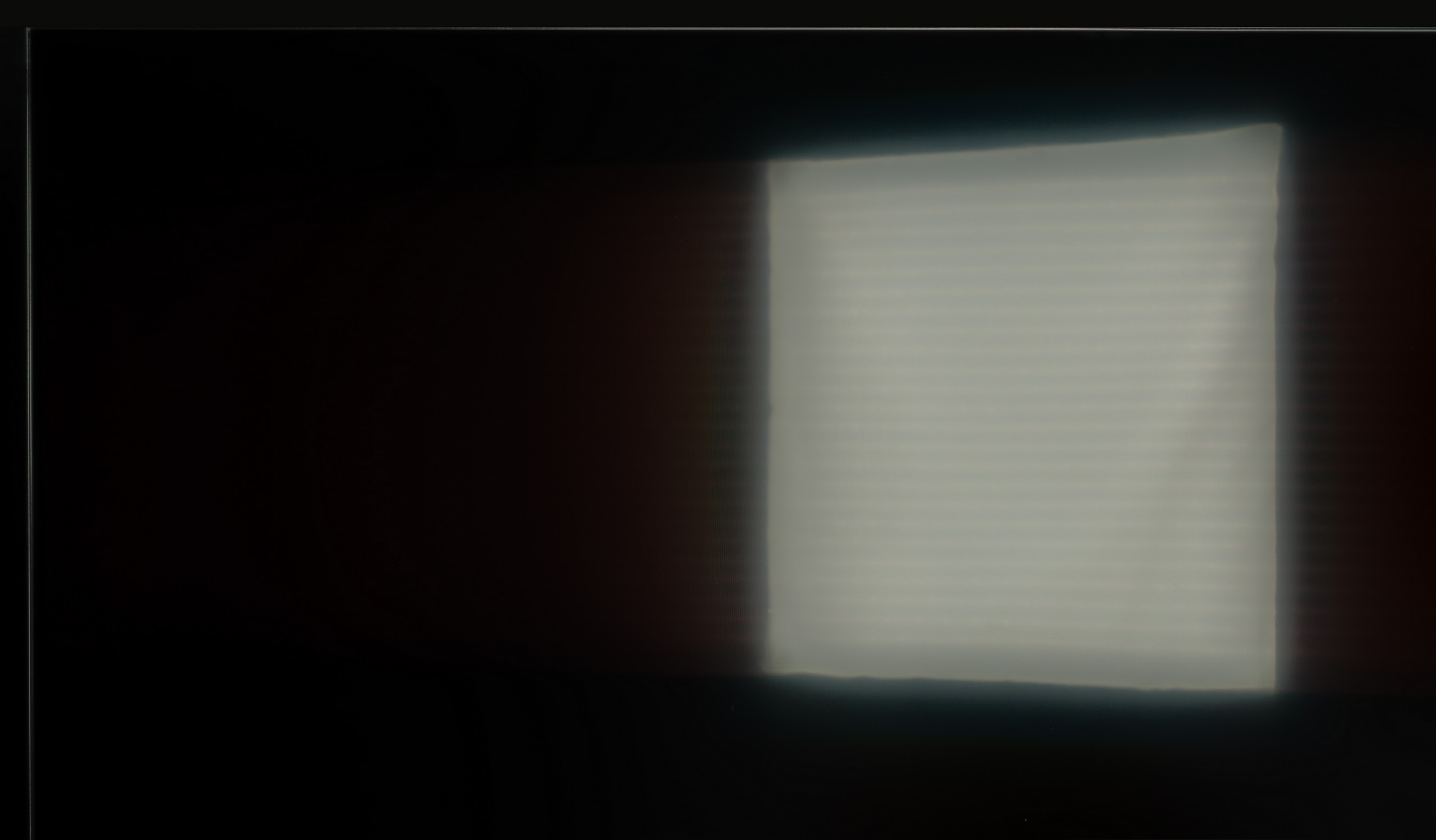



Panel brightness
Average luminance SDR
LG QNED86A / QNED85A / QNED87A: 462 cd/m2
Hisense E8Q: 504 cd/m2
Hisense E8Q is not afraid of bright interiors. Even if it is full sunlight outside, the television can maintain good image clarity. With a brightness level of around 500 nits, it is perfectly fine to watch content during the day without the feeling that everything is drowning in glare. The satin coating on the screen also helps to nicely suppress reflections – it does not eliminate them completely, but reduces them enough so they do not interfere with daily viewing.
QNED86A6A is not a champion of brightness, but it manages adequately. Thanks to the moderately high brightness of the panel and quite decent reflection handling, the television will perform well in typical, moderately lit living rooms. The image remains clear, and the colours do not lose their intensity in daylight. However, let's not fool ourselves; this is not a screen that will cope in extremely bright conditions, where sunlight streams through large windows and floods the room.
Panel details
Subpixel Structure:
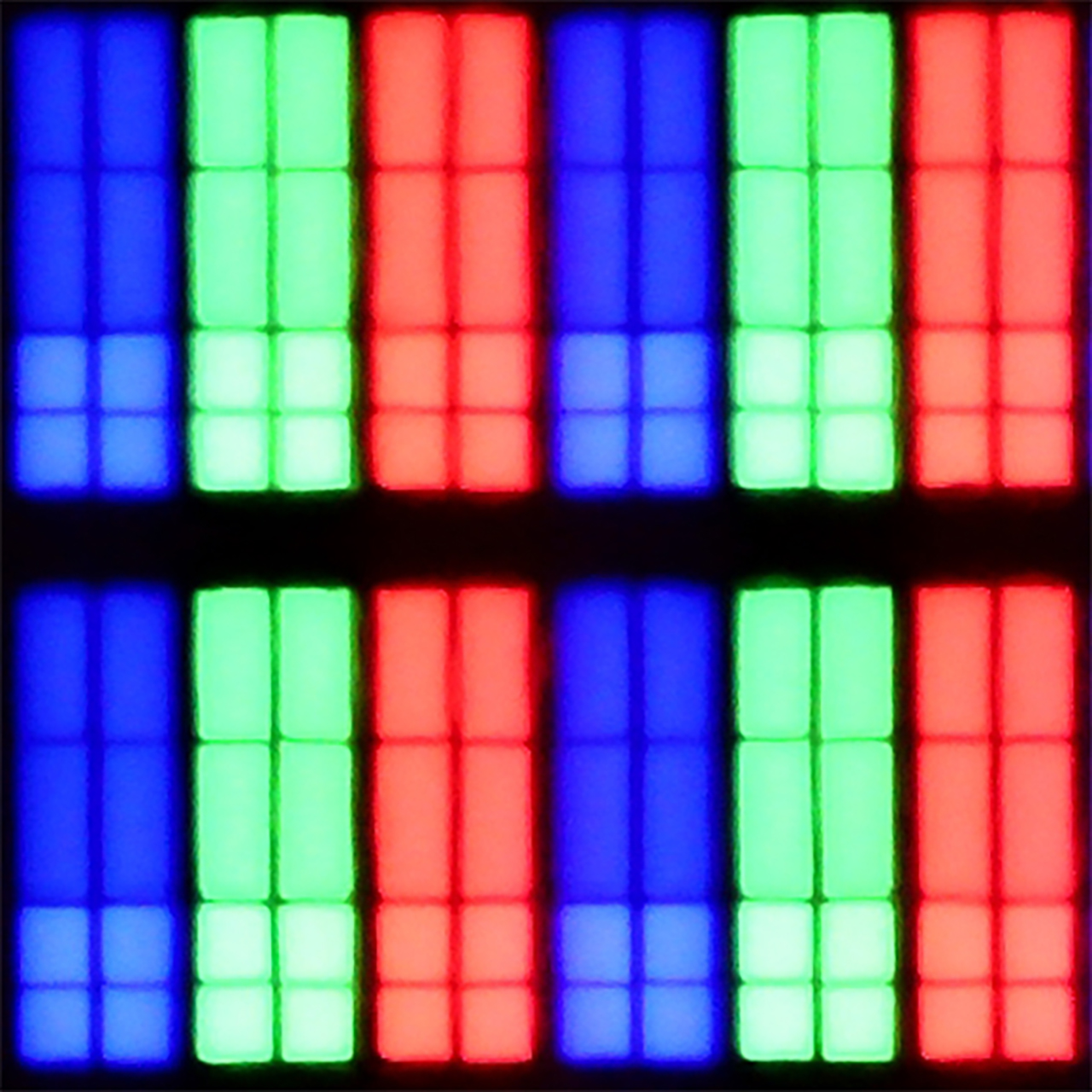
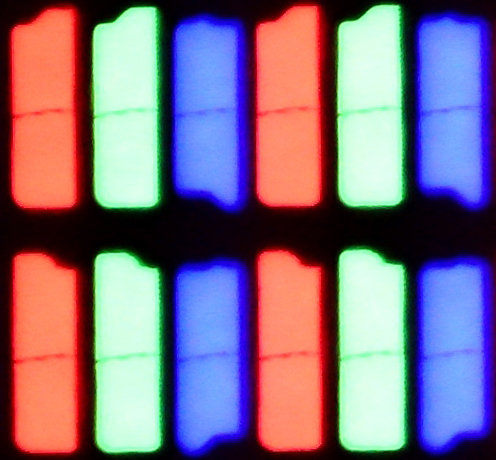
Panel uniformity and thermal imaging:
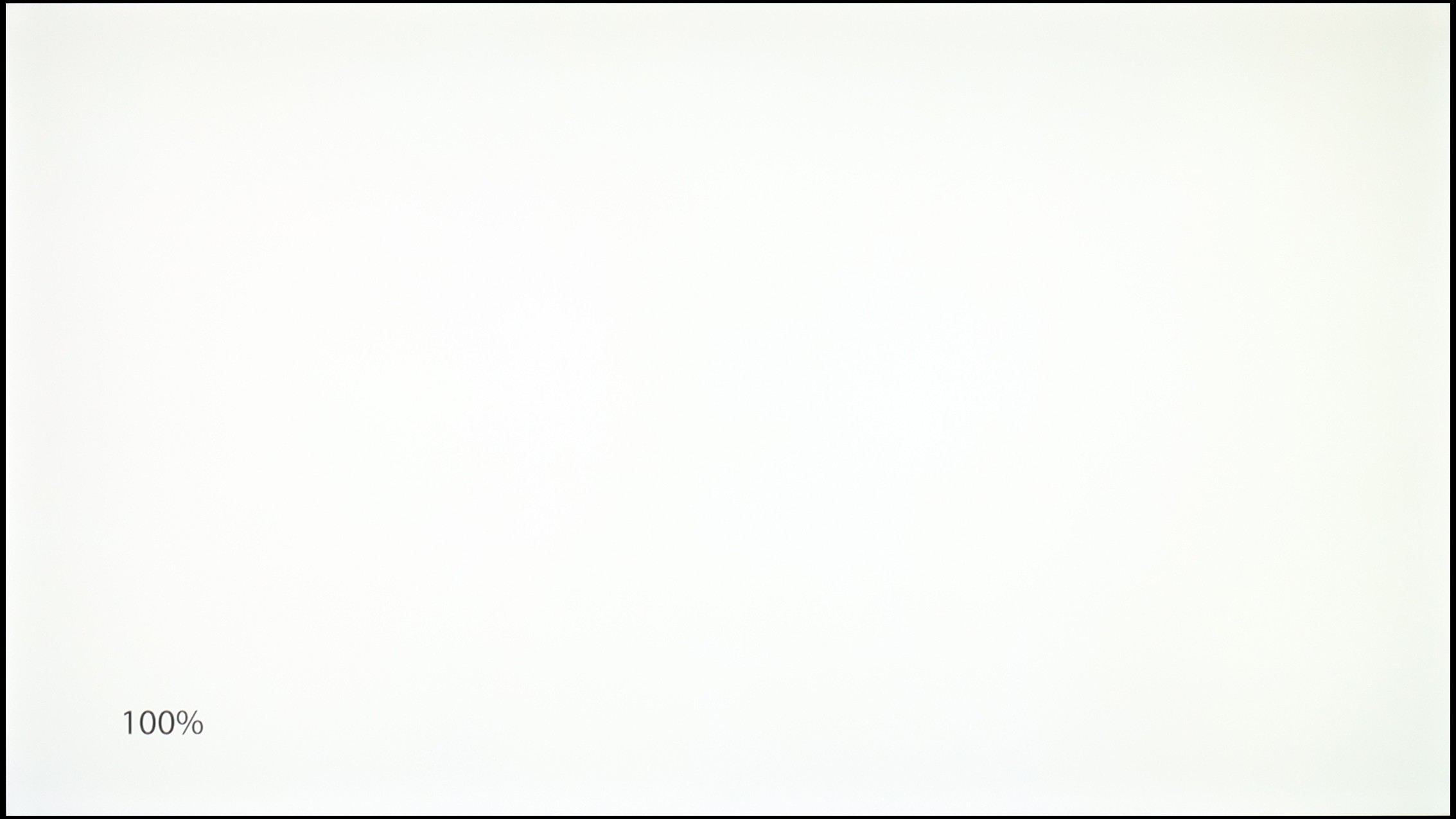

Hisense E8Q
LG QNED86A / QNED85A / QNED87A
TV features
8.9/10
8.4/10
- HDMI inputs2 x HDMI 2.0, 2 x HDMI 2.1 48Gbps0 x HDMI 2.0, 4 x HDMI 2.1 48Gbps
- Other inputsRCA (Chinch)
- OutputsToslink (Optical audio), eARC (HDMI), ARC (HDMI), Mini-Jack (Headphones)Toslink (Optical audio), eARC (HDMI), ARC (HDMI)
- Network InterfacesWi-Fi 2.4GHz, Wi-Fi 5GHz, Ethernet (LAN) 100MbpsWi-Fi 2.4GHz, Wi-Fi 5GHz, Ethernet (LAN) 100Mbps
- TV receptionDVB-T, DVB-T2, DVB-S, DVB-S2, DVB-CDVB-T, DVB-T2, DVB-S, DVB-S2, DVB-C
Classic features:
- Recording to USB (terrestrial TV)
- Recording programming
- Picture in Picture (PiP)
- RF remote control (no need to aim at the screen)
- Backlit remote control
- Teletext
- Audio only mode
- Bluetooth headphones support
- Simultaneous Bluetooth headphones & TV audio
Smart features:
- AirPlay
- Screen mirroring (Windows Miracast)
- Voice search
- Voice search in native language
- Ability to connect a keyboard and mouse
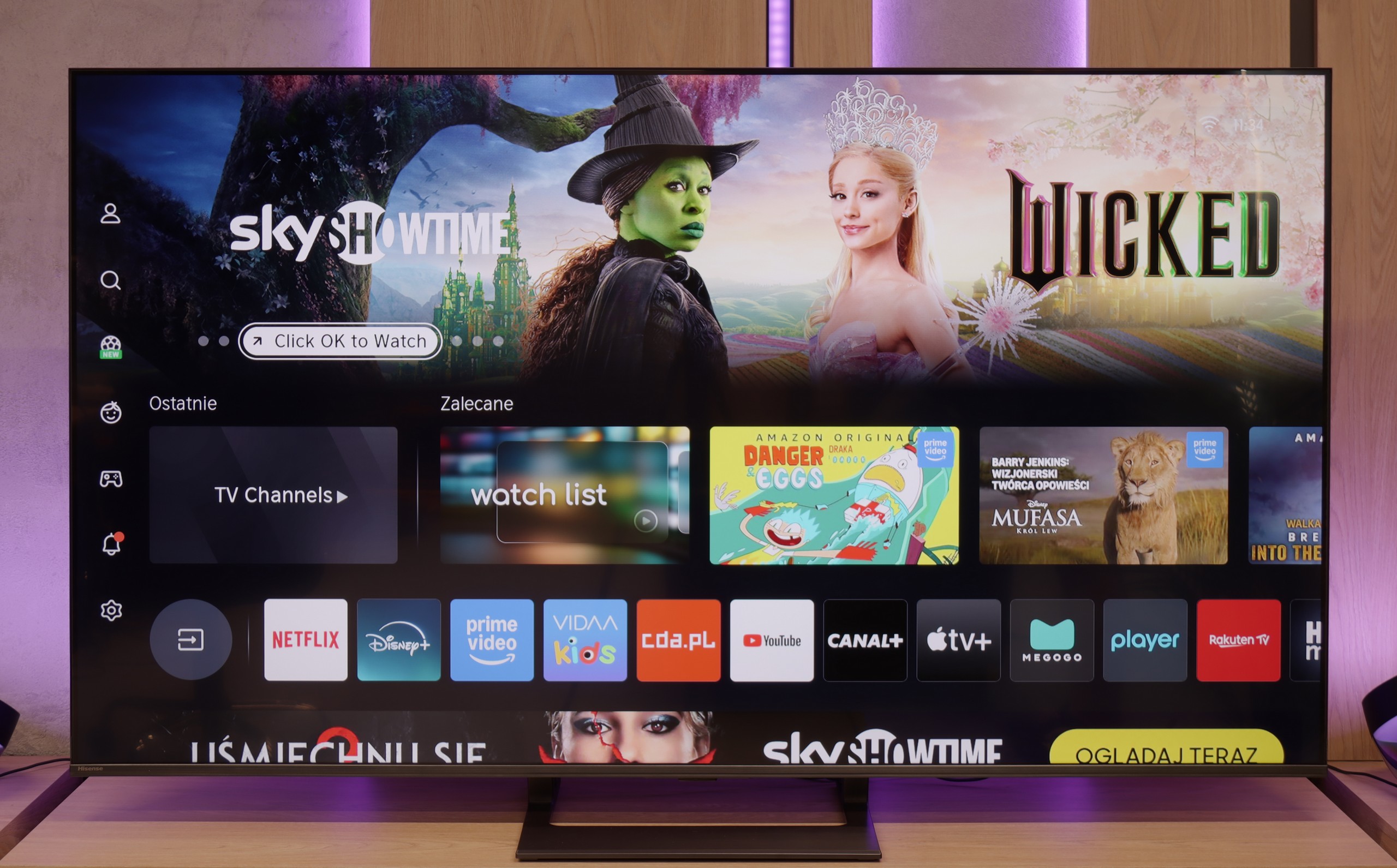
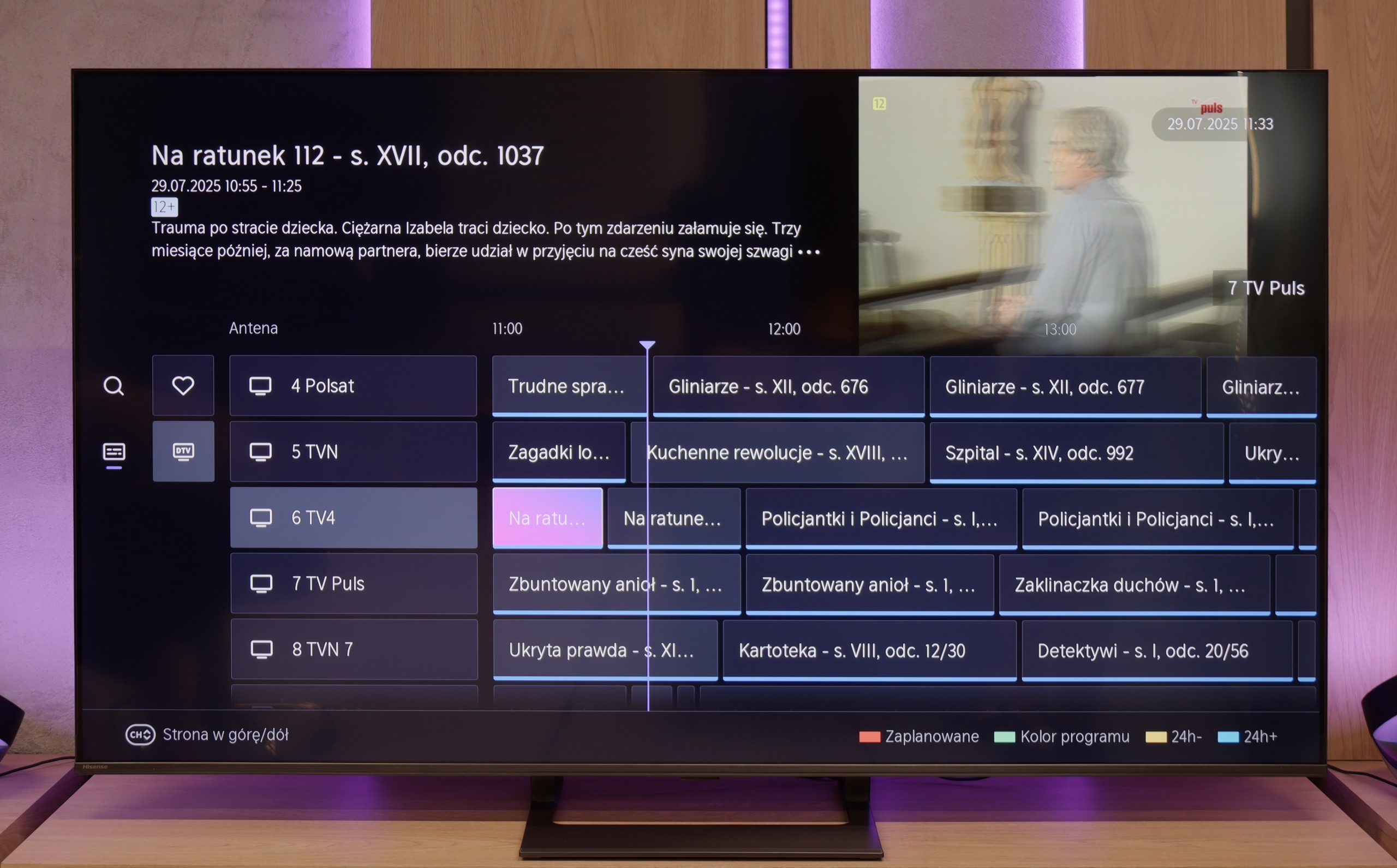
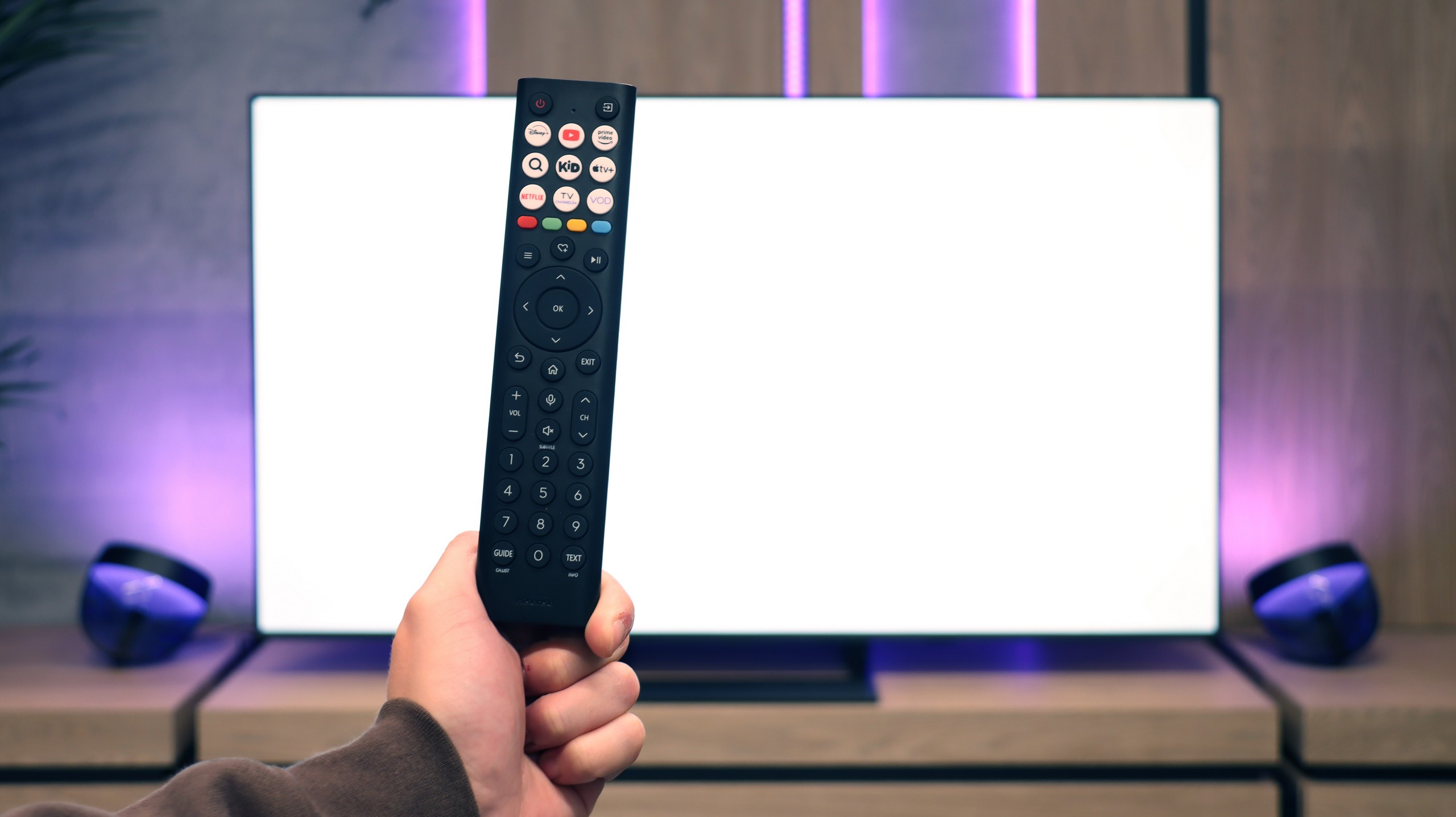





Classic Features – E8Q
The Hisense E8Q is not just equipment for gamers or movie enthusiasts – it can also serve as a daily television for the whole family. We can record programmes to USB, connect headphones or speakers via Bluetooth, and the entire interface – including the channel guide – is clear and easy to use. The only thing missing is the PiP function, but apart from that, the set of classic features is really comprehensive.
Smart TV – VIDAA System
The E8Q operates on the VIDAA system, which becomes more refined year after year. Voice search in Polish works flawlessly, and it's easy to stream content from your phone (AirPlay and screen mirroring). The system itself runs smoothly without hiccups, although – as is often the case with closed platforms – there may occasionally be one or two less popular apps missing. Therefore, it's worth checking before purchase whether everything we use on a daily basis is available there.
Smart Features: webOS
QNED86A6A operates on the well-known webOS – a system that has been a strong point of LG televisions for years. Everything runs quickly and stably, applications launch without significant delays, although the interface can occasionally feel a bit overwhelmed by advertisements. Fortunately, on a day-to-day basis, convenience outweighs these shortcomings. A significant advantage is the Magic Remote control, which allows you to operate the cursor like a mouse – it's one of those solutions that you quickly get used to and find it hard to give up later. In the new version, the remote is slimmer, as it has been stripped of the numeric keypad. Some will appreciate the simplicity, while others will miss the classic set of buttons; it's more a matter of habit.
Classic Features
We also find a few features on board that may not always be obvious in 2025. There is the ability to record programmes from the built-in DVB-T2 tuners to USB, so you can easily return to a match or series at any time. In the evening, Bluetooth headphone support will come in handy – especially if someone in the house falls asleep quicker than we do. Additionally, there is a full set of HDMI 2.1 ports with eARC support and audio formats such as Dolby Digital and Dolby Atmos.
Playing files from USB
8.2/10
8.9/10
Supported photo formats:
Maximum photo resolution:
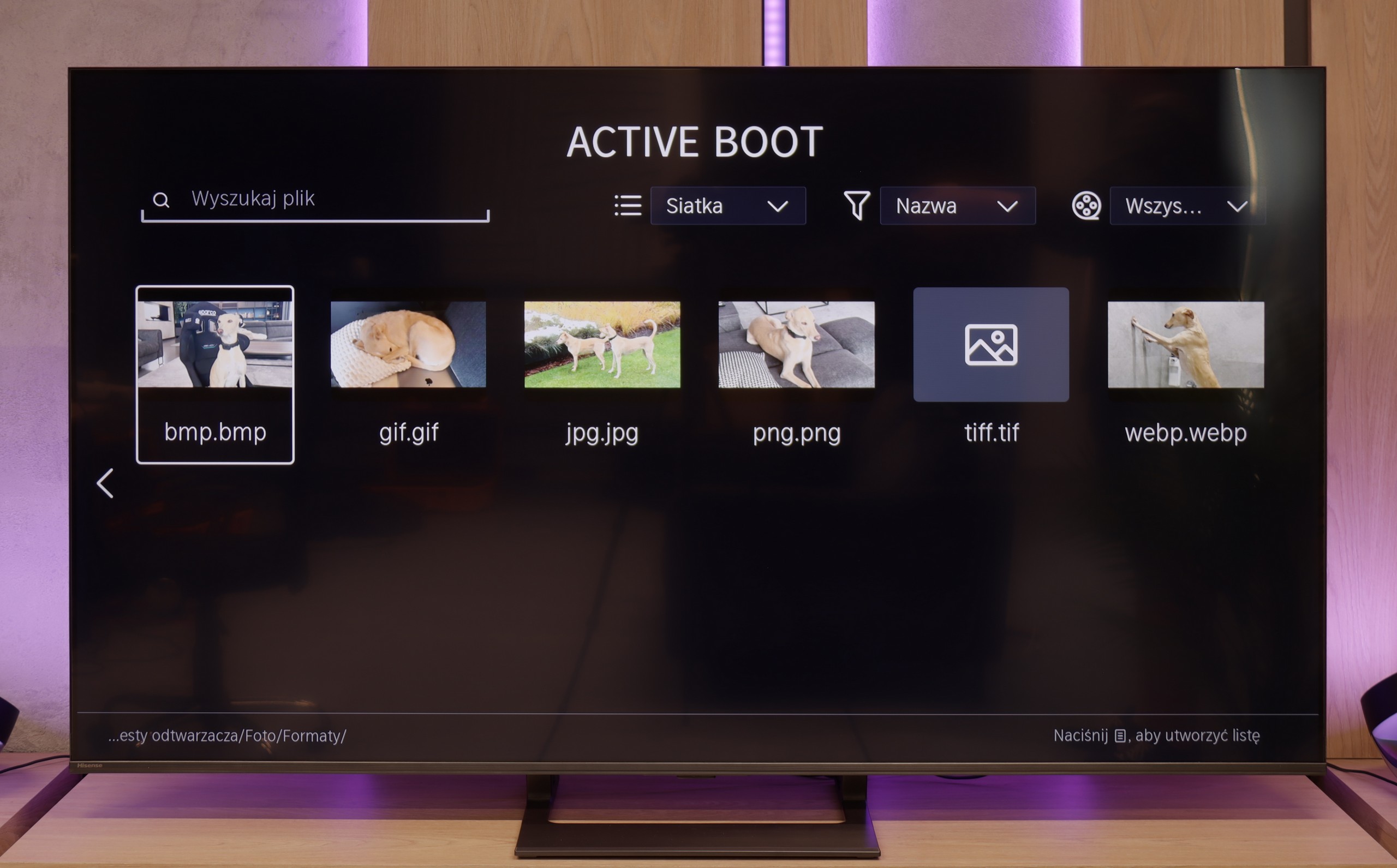

The built-in media player in the E8Q performs quite well. It supports most popular video and audio formats, and files from USB drives or external disks play without any major issues. Polish characters? They are supported. Subtitles? They work. The only minor drawback is the occasional problem with displaying high-resolution photos – especially those from cameras or smartphones. So, if you plan to show holiday photos on the big screen, it’s worth checking beforehand whether they all load correctly from disk memory or a USB drive.
The built-in media player in the QNED86A6A performs quite well with the most popular audio and video formats. During testing, we had no issues playing MP4, MKV, or MP3 files; everything played smoothly and without stutters. The television also handled most images, although we encountered a typical barrier for many manufacturers – lack of full support for the HEIC format from Apple. So if you use an iPhone daily and store photos in this standard, you will need to convert them beforehand or, better yet, transfer them using AirPlay. Other than that, it’s hard to find fault as, for a built-in solution, it's really decent.
Apps
7.7/10
9.1/10














































Sound
7.2/10
6/10
- Maximum volume85dB84dB
- Dolby Digital Plus 7.1
- Dolby True HD 7.1
- Dolby Atmos in Dolby Digital Plus (JOC)
- Dolby Atmos in Dolby True HD
- DTS:X in DTS-HD MA
- DTS-HD Master Audio
Unfortunately, the Hisense E8Q did not make the best impression on us. Although on paper it has speakers with a power of 40 W (which is only slightly less than 50 W in the U7Q), in practice the difference is significant – and unfortunately not in favour of the E8Q. During testing, it quickly became apparent that something was amiss. When the volume was turned up above 40–50%, the entire back casing began to resonate, and unpleasant crackling sounds came from the TV. Even during regular viewing, it was hard not to notice this, and certainly – to not hear it. In this form, it is difficult to speak of listening comfort. We do not rule out that this was an issue with a specific test unit, but nonetheless – it is worth keeping this in mind. If you care about good sound, consider connecting a soundbar or… just go for the U7Q, which performs significantly better.
In terms of sound quality, the QNED86A6A performs quite decently, but there's no denying that it isn't at a level that would impress home cinema enthusiasts. The sound is clear and distinct, with dialogues easy to hear, but overall it sounds rather flat and definitely lacks solid low tones. For everyday television viewing, streaming services, or news, this level is acceptable; however, if you plan to watch movies or play games more often, even a basic soundbar will make a significant difference.
Acoustic Measurements
85dBC (Max)
75dBC
84dBC (Max)
75dBC
